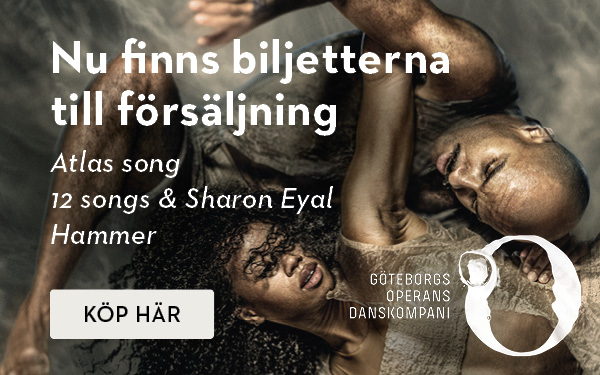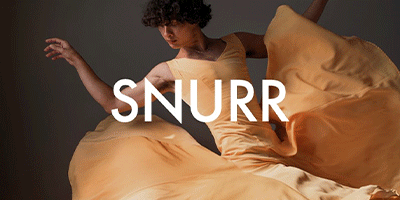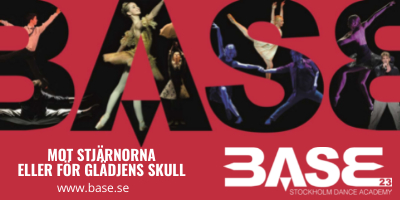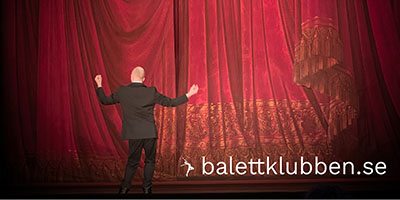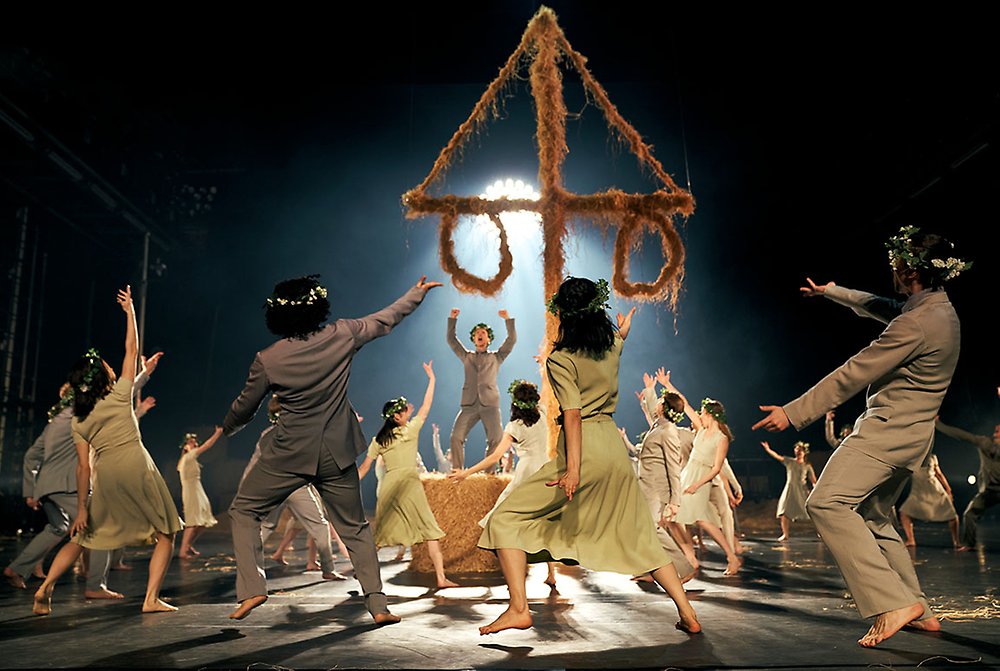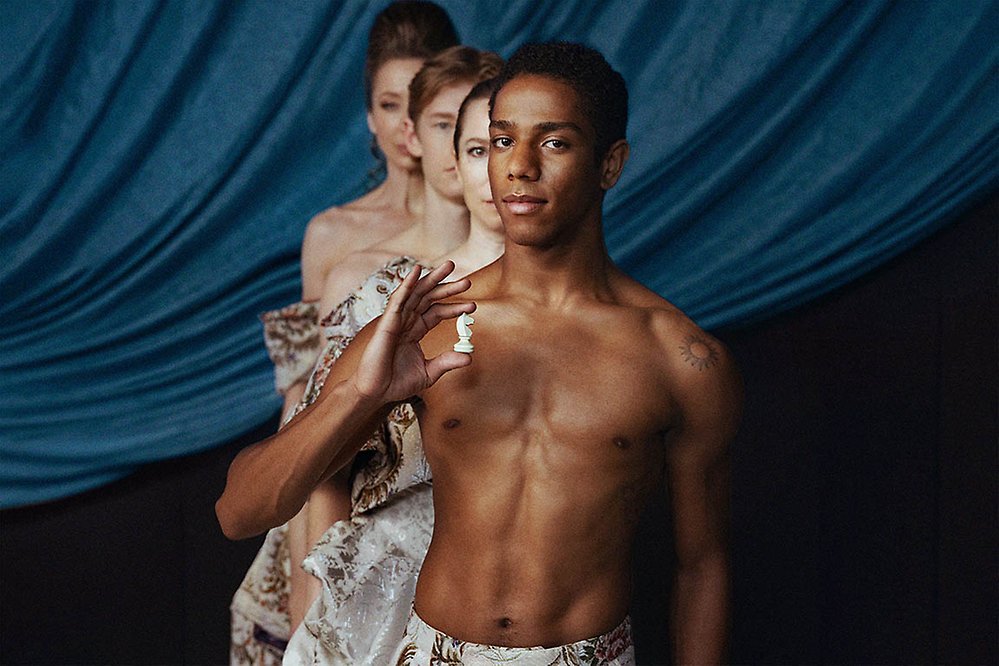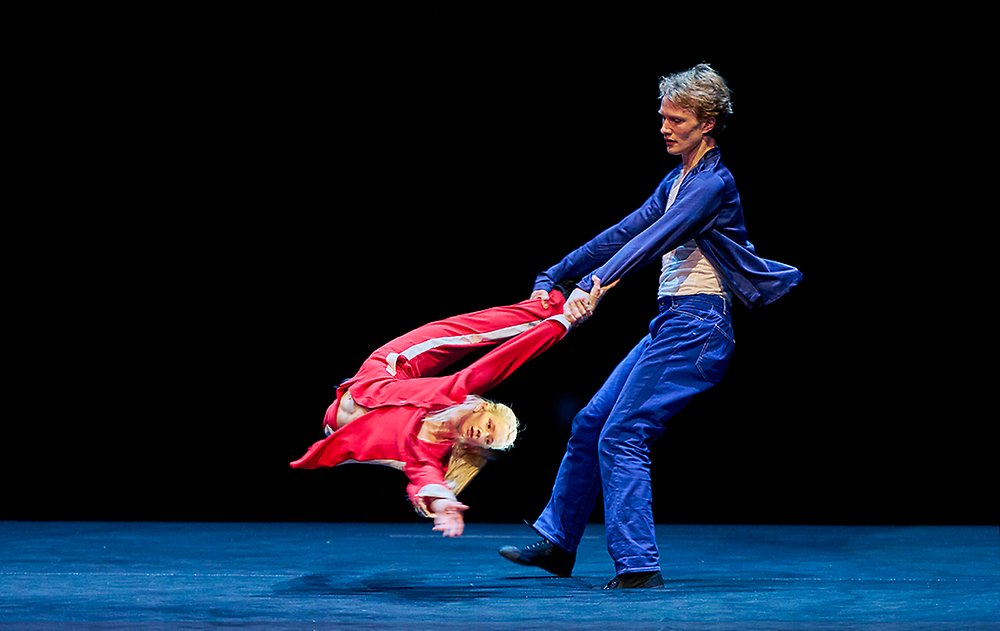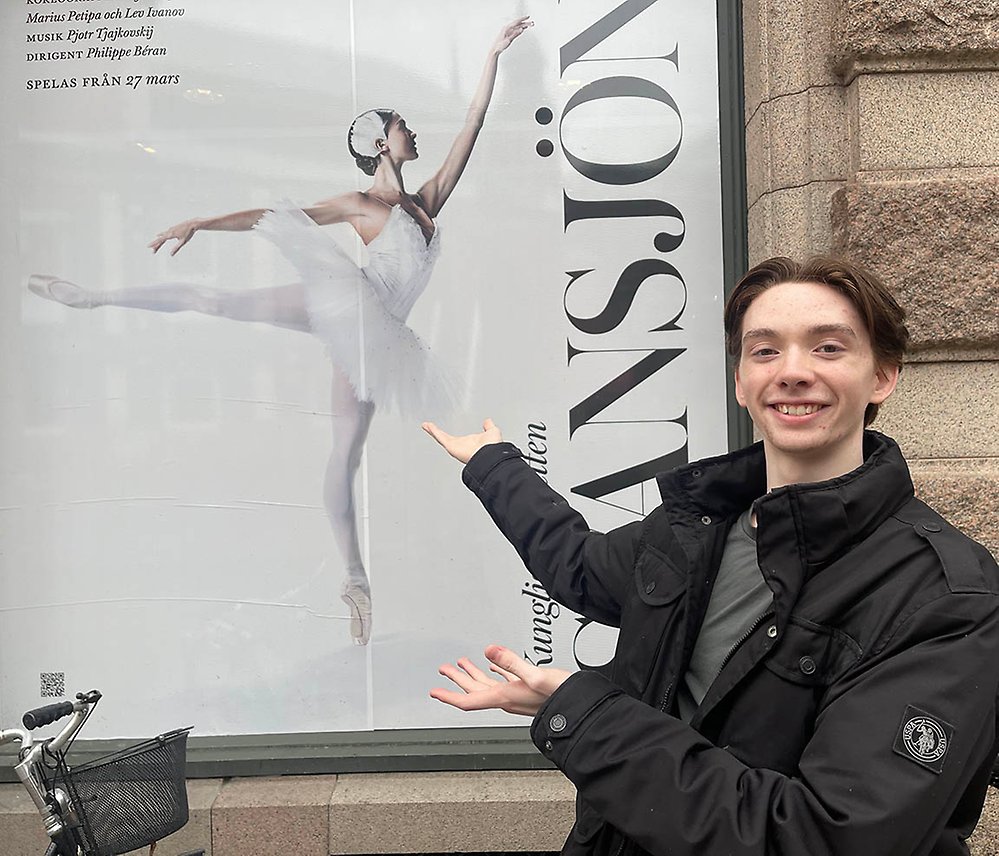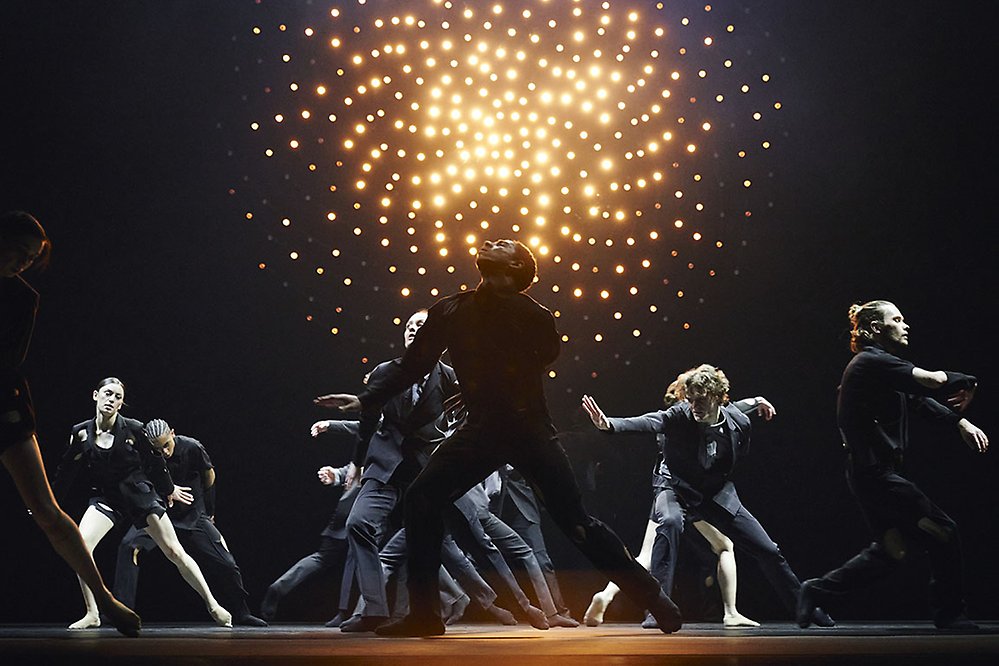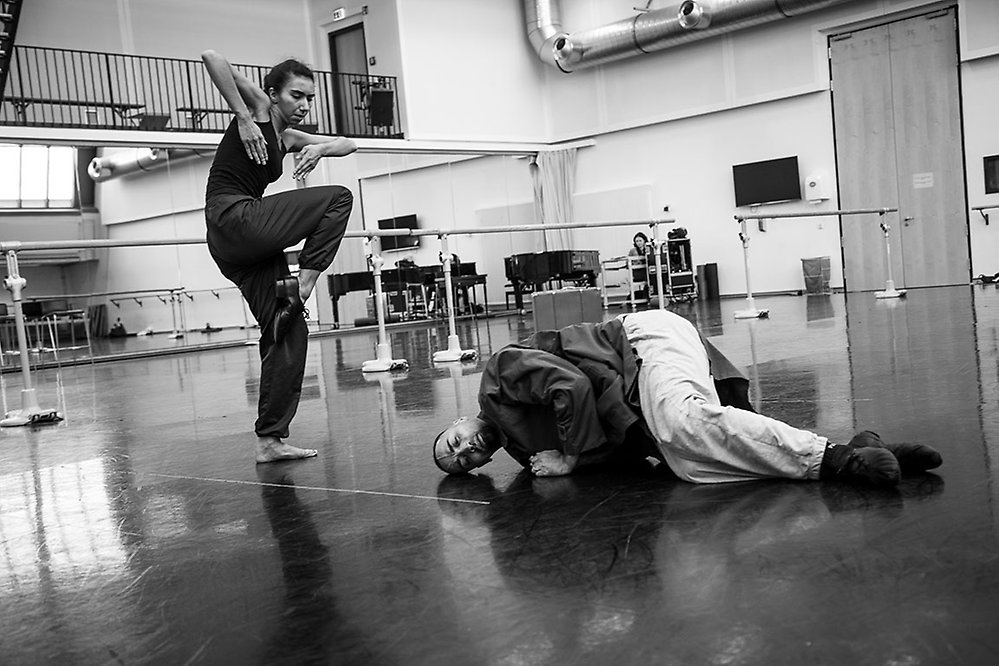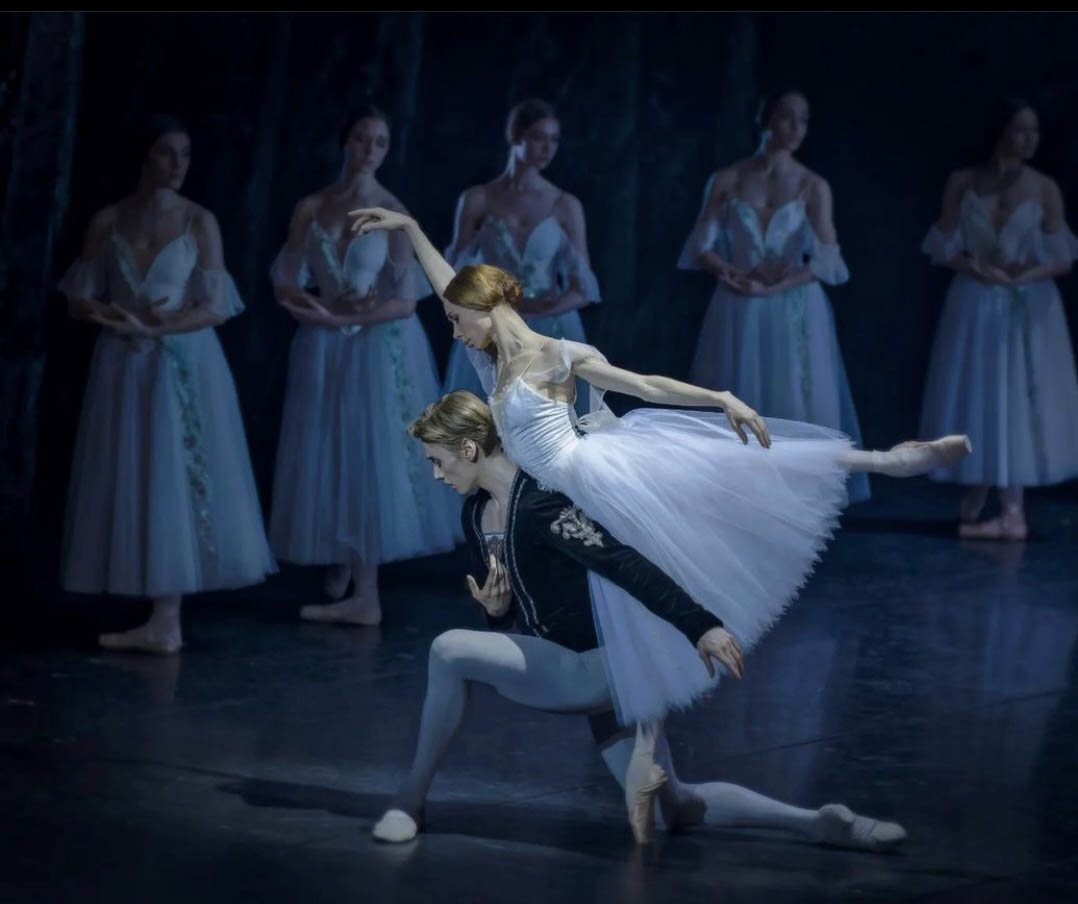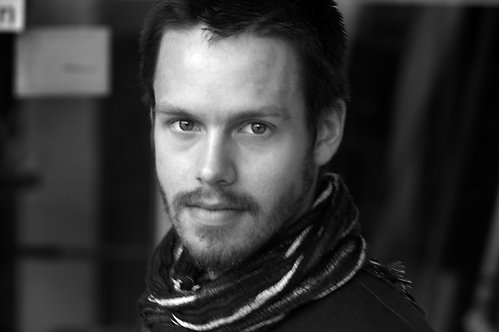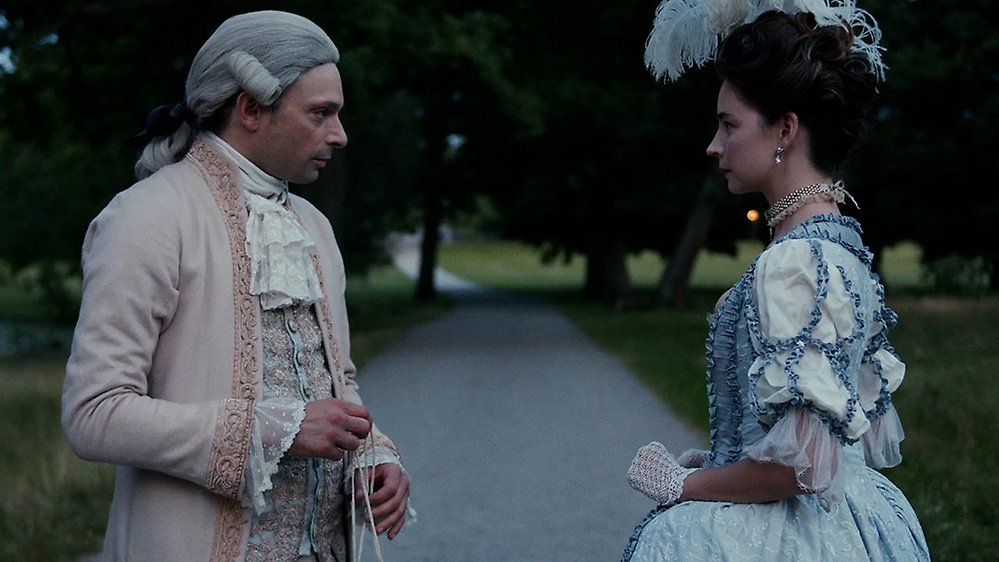Artiklar från 2008 – till idag
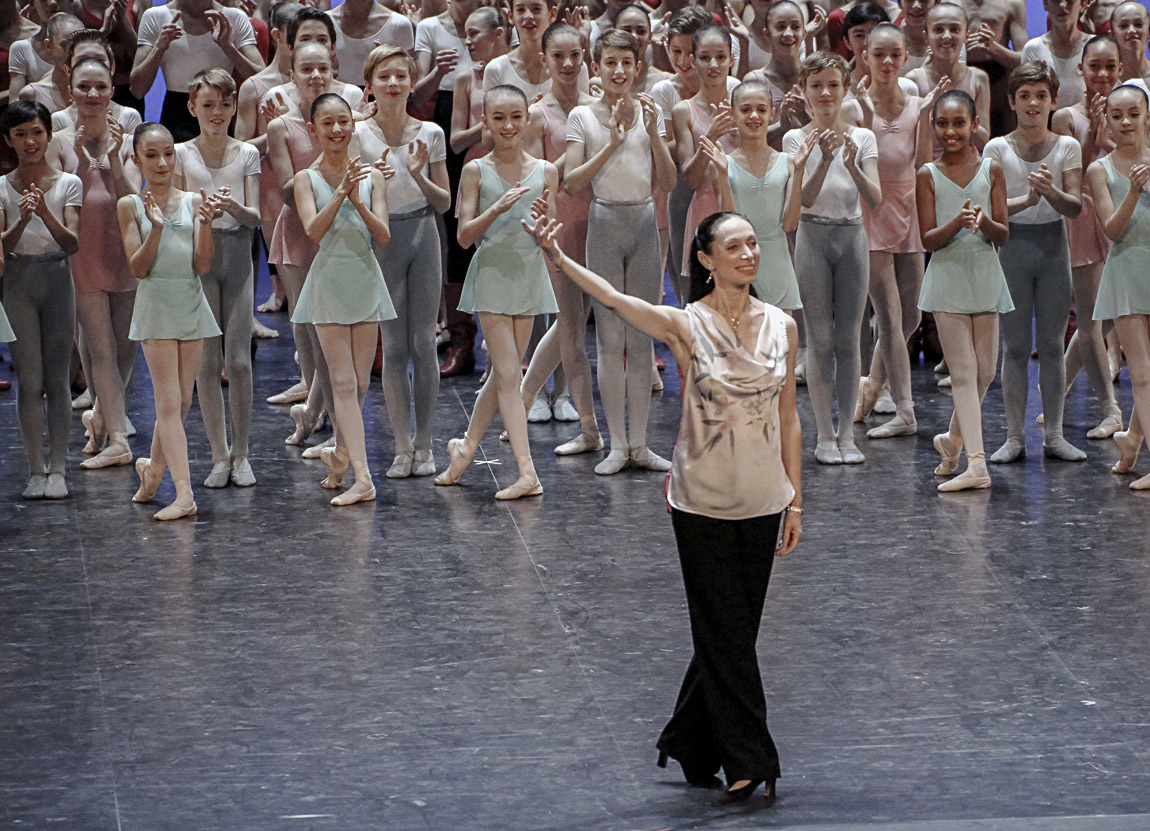
Madame Elisabeth Platel at the stage of Opéra Palais Garnier with students after demonstration of classes 2015. Photo Opéra national de Paris
Everything is in our bodies, says Madame Elisabeth Platel, director for Paris Opera Ballet School
Leaving the plane at Charles de Gaulle-airport you are met by large photos of dancers, musicians and other cultural motives along the walls in the airport. A fantastic way to welcome visitors.
My goal was the Paris Opera and an interview with Madame Elisabeth Platel, «Directrice de l’École de Danse de l’Opéra national de Paris».
This interview took place before the outbreak of Covid-19.
%20Photo%20David%20Elofer-mention%20obligatoire.jpg)
Elisabeth Platel – Directrice de l'Ecole de Danse. Photo David Elofer
Madame Platel, thank you for taking the time to talk with Dansportalen! You have now gone forward from your career as a great and celebrated dancer. When you took over the leadership of the Paris Opera Ballet School, which were your priorities. Did you have any special issues – something that you really wanted to change?
My first priority was to continue the work of my predecessor Madame Claude Bessy – only to bring in my own preferences but not changing everything.
Now, after 15 years, there have been some changes, but I didn’t want to modify all the schedules she had organized.
She did a good job with the courses and I took into consideration what she would have done if she had still been here.
A.%20Poupeney%20OnP.jpg)
Ecole de Danse – 4e div Garçons. Photo Agathe Poupeney Opéra national de Paris
How is the procedure of auditions to the school and what is the jury looking for?
First of all, they must want to come to the school and to apply. We then have to look at the attitude of the applicants – if they are able to dance.
We also look at their physique trying to find beautiful feet, artistic feeling, some flexibility, turn-out from the hips, nice line of the neck…
Wealso try to find a boy or a girl with a nice personality, who has a gift to learn, has something special which gives you a touch of artistry.
At the beginning, from 9 years to 14 years old, they all have a dream, all our students are gifted, and everything is easy.
Then later on, it has to become real. Are they ready to be a dancer or not? And sometimes it ends there because it was not the dream they had imagined.
After 15 years as directrice I can say: the young ones have to work. If they are gifted, they can become a real artist as a dancer. Are they willing to learn? Will they accept that they must work hard and dedicate their life to ballet?
What they learn in 2-3 years will help them in their lives. I’m still in contact with students who mention how important the school has been for their new lives outside dance. Of course, students who don't get engaged after their exam are not happy, says Madame Platel, and you can imagine their situation too. It is also the reality, she adds.
A.%20Poupeney%20OnP.jpg)
Ecole de Danse – 1ere div filles. Agathe Poupeney Opéra national de Paris
Explaining more in detail how the school is organized, she continues:
The school has two level groups, the first three years and the last three years. First, they have to apply; we never go out looking for students. We have an audition where we first only check if they are physically suited for dance. On the second day of the audition, there is a class during which we don’t only look at their technical abilities but we also try to see if they are gifted to learn and listening to us, because it is important that they understand what we are asking for. Of course, if they are technically gifted it is also good.
It is very rare for us to select a child who has not done any ballet before. We had an exception with one student who came to the audition in November after very few ballet classes, at joined the school in January and after six years with us he joined the company. It is easier for boys but for girls it is more challenging because there are many more girls applying to the school. It is more difficult to choose among them.
They girls have classical ballet already in their mind–like doing the Shades in La Bayadère. For the boys it’s more about identity, it is really a challenge to meet their approach.
A.Poupeney%20OnP.jpg)
Ecole de Danse – 2e Div garçons. Photo Agathe Poupeney Opéra national de Paris
At what age can children apply for the school?
They must be 8 years old by September 1st. When they join the school as young apprentices, they are around 8 years and 6 months old. That is a very young age, especially if they don’t live in Paris.
But to be really honest, if they are older, they must be very gifted. The law in France says you are not allowed to learn classical ballet in a national ballet school before you are 8 years old.
%20A.%20Poupeney%20OnP.jpg)
Ecole de Danse – 6e Div filles. Photo Agathe Poupeney Opéra national de Paris
How many students in average apply for the school each year?
We have three age groups, 200 students for ages 8-11, 250 students for ages 11-13 and about 70 over 13 year-olds.
Students who take the audition and join the school between 8 and 11 years old have a trainee status for one year (or 6 months for the youngest ones). Then – if they pass at the end of their first school year – they are integrated in the classes corresponding to their age and level. The regular school training is taught in six levels and starts from the age of 11. Between 11 and13 years old, I ask for a photo of them on pointes and from 13 years old they must send a selection video. Today the school has an almost equal number of boys and girls.
How many students are there in the school?
At the beginning of the school year (September) there are around 130 students. Then, from January there are around 150 students, including the new younger students who only start their training from January. The school is built for 150 students. Some years ago, we had 167 students, but it also depends on which levels we have a majority in. On lower levels you can have 13-15 students in the class, but not in the last levels.
As a student you stay in the school for six years. I must also check how many places are available in the company. If you have 14 students in the last level, but there are only two places in the company, it’s not fair to them. I must plan this matter already 5-6 years in advance and take good care of the students.
A.%20Poupeney%20OnP.jpg)
Ecole de Danse – 3e Div filles. Photo Agathe Poupeney Opéra national de Paris
Do you have yearly tests for the students to see if they have developed enough to continue to the next level?
Every year we have an exam! And I think we are the only school that has exams with two variations in succession of enchaînéments choreographed by the teachers. We ask for one long variation and a coda variation, consisting of steps in our school.
There is no class at all, only variations to make sure the students are used to taking this exam two by two and learning to dance together as a couple. There can also be three groups depending on the number of students in each level.
In the last three levels, the students learn to dance alone in order to prepare them for the audition for the company. It’s an old tradition and my teachers are very gifted to choreograph this kind of variations.
Luckily Claude Bessy filmed the variations, so we can now look at them and say: we haven’t done this exercise for a long time. Nothing is written down.
Everything is in our bodies, says Madame Platel and points to her body. It is good because we can have it deep in our bodies, and also, we can follow the progress of the company. In the Paris Opera Ballet School we work in the traditional style of the company.
%20Agathe%20Poupeney%20OnP.jpg)
Ecole de Danse – Cours de Caractère. Photo Agathe Poupeney Opéra national de Paris
How many performances do you have yearly?
Every year we have demonstrations with classes on stage in December. It’s not a full class but we present previously prepared exercises that are specific to our technique. The youngest students are on stage for 10 minutes and the last level is up to 20 minutes.
From the result of the first months (September to December), we can check where we stand and we can see what we must focus on for the rest of the year, what they are gifted for.
In the springtime we have an annual performance and of course the ballets are chosen from our repertoire. Some are historic ballets which we kept alive and some are repertoire pieces that are no longer danced by the company but not seen old fashioned for the students. It helps them to be a part of the history of the House.
We also have new creations and ballets by John Neumeier, Maurice Béjart, Roland Petit or Jiří Kylián.
When the students have completed the six levels, they know the repertoire of the house and know the history of the company.
Agathe%20Poupeney%20OnP%20-171021082.jpg)
Extérieur de Ecole de Danse de l'Opéra national de Paris. Photo Agathe Poupeney Opéra national de Paris
Where is the school situated?
When Claude Bessy became head of the school in 1972, she said that if we were going to develop this school, we needed our own house. It was not an easy task to find a place, and she spent a lot of time convincing the government of the need for a new school.
When it was close to be finalized, the government changed their minds again. But finally, she got the money and was able to set it up in Nanterre.
At that time the location seemed far from the Opera, but today there is a direct RER-train from Nanterre to a station close to the theatre.
The school can even accommodate students not only from Paris and France but also from abroad. In these premises we have all types of facilities for ballet education: studios, dormitories and academic classrooms.
Agathe%20Poupeney%20OnP%20-171000-coullissesEdOnP040.jpg)
Intérieur de Ecole de Danse de l'Opéra national de Paris. Photo Agathe Poupeney Opéra national de Paris
Is the ordinary school education integrated in the school day?
The students do academic classes from 08.00-12.00 and then ballet classes from 13.30-18.30.
What subjects do the students study besides classical ballet?
The same as Claude Bessy organized when she came to Nanterre. Claude decided to have six levels instead of five. When the school used to be located at the Opera, she didn’t have enough space to do all classes because the school had to share the studios with the company.
The first two levels include folk dance, baroque dance, music, singing and mime–not pantomime, just mime. The levels in the middle add history of ballet and character dance.
Before they join the last level, they must pass an exam in history of ballet, anatomy and music. The last two levels have pas de deux, contemporary, repertoire and jazz.
How many weekly hours do they have in the different dance subjects?
They have a classical ballet class for 90 minutes with their principal teacher every day. Then they have a second class with folklore, pas de deux, etc…
Claude did a very clever thin–and I kept it. Each week, the students have two or three extra classical classes, one with their principal teacher, one with the teacher from their previous year and one with the teacher from the year before that.
After three years every teacher knows every student. It is very human, because we know really them. If a student and a teacher do not agree, the student can find another teacher and hear the same words but from another perspective. It creates a real connection with everybody.
%20Agathe%20Poupeney%20OnP.jpg)
Ecole de Danse – Cours de Baroque. Photo Agathe Poupeney Opéra national de Paris
How many dance teachers work at the school?
We have 13 classical teachers today, then we also have music teachers, baroque teachers, etc, as well as guest teachers.
On what criteria are they employed?
The first criterion is to have someone from the company who is really fit for the job. If we don’t have anyone suitable or available, we can choose someone from outside the house but we prefer to choose teachers from the Opera.
We have the same past, the same way of placing our feet on the floor, of doing the coordination. But teachers of different ages have different experiences from the company, which adds to the variety.
My generation has experience with Nureyev, older teachers have Lifar and the new generation has Kylián and Forsythe. We are not in competition, we say things the same way but with different voices.
How many of the students get employed in the company at the Paris Opera?
Today there are 154 dancers in the company and 140 of them came from the school.
%20Agathe%20Poupeney%20OnP%20-009.jpg)
Ecole de Danse – Cours de Mime. Photo Agathe Poupeney Opéra national de Paris
What other companies do they apply for?
In France, we have classical companies in Bordeaux and Toulouse. One of my students has just joined the Royal Swedish Ballet in Stockholm, directed by Nicolas Le Riche (Étoile of the Paris Opera Ballet). There are also dancers from here who work in Moscow and other theatres around the world.
What is your personal vision of a satisfying development of the school in the future?
The authorities have to recognize the work we do and the work for the students. Not that we are protected or arrogant – because that is the reputation – but we belong to the history of the school and what they are doing is amazing.
Why do you have those reputations?
Because it is difficult to join the school. We are not excellent, but we do our best to reach excellence. Sometimes when people come to the Opera, they are not aware of how big this house is.
You have to follow all the rules. The unions and their rules are why the house is still alive. What makes the house live are the artists working there.
Even though we fight a lot, as we are French, when there is a performance on stage, then everybody’s focus is on the performance they present to the audience.

Madame Elisabeth Platel – Barre-6e division. Photo Agathe Poupeny Opéra national de Paris
As a member of a jury at a competition, what is your view on competing in Art forms like music or dance, should it really be considered as a sport?
I am part of the Prix de Lausanne family, because this competitionrespects the students. They really helpthe contestants to find a good school or a good company.
To take part in competitions all the time is not good. One competition is fine. You might win a prize that you can add to your CV, but the dancer who does not win in the competition may be the dancer who makes a successful career.
That is why our students do not take part in any competitions. They have their competitions within the school. They are training to be good dancers, not competitors! What is a prize?–you have it at home, and there you put one prize, two prizes etc. No, I am sorry, it’s not just a crown you put on your head. The reward is yours when you dance on.
I took part in only one contest in my life, in Varna in 1978, when I had to prepare my variation for three weeks. At the same time, I was dancing a solo at the Opera. But the prize didn’t bring me anything except the pleasure of being on that stage and meeting people of the ballet world.
What is your opinion about the interest and support of dance in France today?
I think ballet is more part of life today; it interests people but not the good part of ballet. People don’t necessarily understand what really lies behind it and many people still do not regard it as a real job.

Manuel Legris and Elisabeth Platel in La Sylphide. Photo François Roussillon et Associés
What do you consider as the highlights in your career, your best moments?
Every day!
I think I was really lucky. I arrived at a good moment for my personality. I had two wonderful directors before Rudolf Nureyev was appointed.
I was already an Étoile and he gave me the titlerole in Raymonda, the first production he staged in Paris. I was 23 years old and he gave me this role!
You should always try to do a lot of things, and this was the first time someone gave me a real personality to interpret.
I didn’t do all kinds of ballets, because I chose to concentrate on the more classical dances. It was not that I didn’t want to do modern, but I was more into the classical roles. I did classical repertoire until my last performance at the age of 42, which was as Raymonda again. I also danced La Sylphide and Swan Lake until the end of my career.

Elsabeth Platel, La Sylphide. Photo Jacques Moati
I danced a lot of classical ballets and I did a lot of Balanchine’s ballets. When I first met him, it was like meeting a God!
John Neumeier is also a person who was present at the beginning of my career and until I retired as a dancer. We are still very good friends. He is really respectful of all ages of an artist.
When you are young you are gifted and can do everything. When you are older, he does not put you aside. He gives you something, which suits your age. He tries to form human relationships, and he really works with the heart, not only with technique. He doesn’t say the same things to every dancer; he tries to adapt his ideas to the dancer.
You have also participated in his Nijinsky galas in Hamburg?
Yes, I got a phone call: “Hello Elisabeth, this is John! What are you doing next Sunday?” “John who?” I answered. “John Neumeier”, and then I nearly fainted…
I told him I was going to take a plane to see the Nijinsky gala, but he told me that I should take a plane and dance instead! I worked hard for three days to learn the Pas de deux of Rosalinda in As You Like It with Ivan Liska. Later I also danced the black pas de deux from his Kameliendame and the Tchaikovsky Pas de Deux.
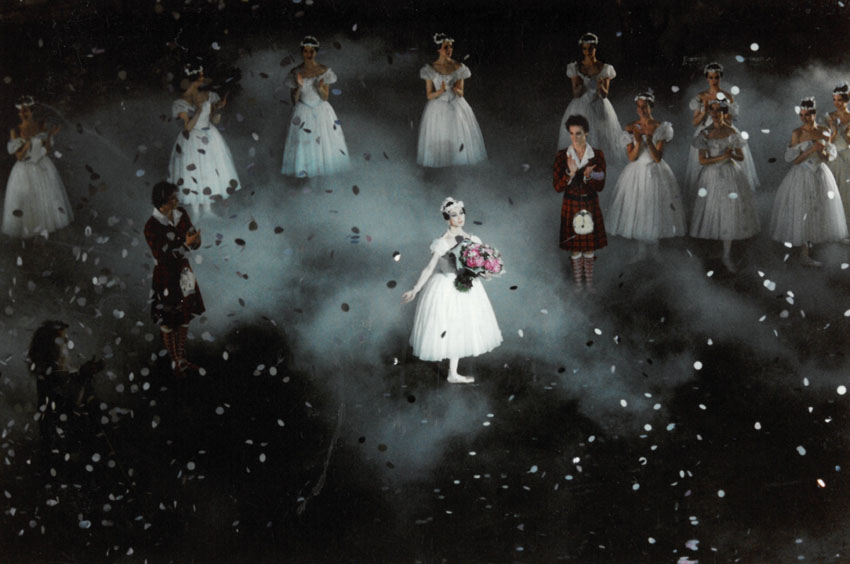
Last performance 1999 for Elsabeth Platel with La Sylphide. Nicolas Le Riche (left) and Manuel Legris (right). Photo ©Pierre Richard
The first time I danced with Nicolas Le Riche was in a gala at the Paris Opera. He was still a sujet then, but I told Patrick Dupond, who was director at that time, that I wanted to dance with him, and then we performed Tchaikovsky’s Pas de Deux. We were also invited as guests to dance La Bayadère at the Bolshoi and later we did Swan Lake, Giselle and La Bayadère here at the Paris Opera.
Another wonderful partner is Manuel Legris; this is the reason why when Brigitte Lefèvre asked me who I would love to dance with for my last performance in La Sylphide, I asked for two artists, Nicolas Le Riche for the first act and Manuel Legris for the second act; I really couldn’t choose between those two amazing dancers!” says Madame Elisabeth with a laugh.
Cristian Hillbom
Paris
-
Alexander Ekmans Midsommarnattsdröm är som en hisnande resa där överraskningarna aldrig tar slut
Alexander Ekman är tillbaka på Kungliga Operan i Stockholm för att sätta upp Midsommarnattsdröm . Nypremiären sker dagen innan Kristi Himmelsfärd och spelas endast under m...
-
Gustavia – berättelsen om Sveriges okände prins
Nyskriven balett om Gustav Badin och hans uppväxt vid hovet, i koreografi av Pär Isberg och regi av Amir Chamdin. Urpremiär på Kungliga Operan den 18 oktober. Biljetter s...
-
Yoann Bourgeois tillbaka till Göteborgsoperans Danskompani med ett sant styrkeprov
Efter fyra år är det dags igen för den franske koreografen Yoann Bourgeois att återvända till Göteborgsoperans danskompani. Denna gång för verket We loved each other so m...
-
Spot on Darrion Sellman – dancing the leading role Siegfried in Swan Lake
In August last year Darrion Sellman arrived to Stockholm and joined the company. Darrion says: “It has been a change to come to Stockholm. A vibrant city, small but calme...
-
Kalle Wigle nyutnämnd solist vid Staatsballett i Berlin
Dansportalen gratulerar svenske dansaren Kalle Wigle som nyligen utnämnts till solist vid Staatsballett i Berlin.
-
Succéduo skapar nytt efter segertåg i Sverige och Europa
Intervju Hugo Therkelson och Tobias Ulfvebrand
-
40 år senare: En dansares triumf över tidens utmaningar
Förra sommaren ringde telefonen hemma hos Heléne i Kungsbacka. I lördags den 16 mars gjorde hon comeback på scenen efter nära fyra decenniers frånvaro och dessutom debut ...
-
Fart och kunnande på Pro Dance Galan 2024
Gamla operabyggnaden vid Bulevarden är ett Dansens Hus även om ett nyare Dansens Hus numera finns i Helsingfors, det också i centrum. Båda har sin publik, och båda behövs...
-
Svenske dansaren Kalle Wigle har stora framgångar i Berlin
Kalle Wigle är utbildad vid Kungliga Svenska Balettskolan och vid Royal Ballet School i London. Han fick anställning vid Operan i Stockholm 2016. Från hösten 2023 är han ...
-
Timulak/Portner två olika verk men med flera beröringspunkter
Från och med 9 februari och nästan en månad framåt dansar Kungliga Operan i Stockholm Totality in parts av Lukás Timulak och Bathtub Ballet av Emma Portner . De båda koreo...
-
På jakt efter det fullkomliga: nationens skickligaste dansare och – smultron!
Balettpedagogernas förbund ordnar vartannat år i Finland en nationell balettävling, i år 20-21 januari. Ett råd av balettkonstnärer med bakgrund som meriterade dansare ha...
-
Young Choreographers en föreställning där dansare från Kungliga Operan koreograferar
Tisdagskväll på Kungliga Operan i Stockholm och det är premiär för Young Choreographers. Dansare från ensemblen får chansen att pröva egna idéer och koreografera sina kol...
-
Operans VD Fredrik Lindgren: På sikt vore det fantastiskt att få ett nytt Operahus i Stockholm
Kungliga Operan är en 250-årig kulturinstitution i hjärtat av Stockholm. Över 500 anställda levererar hyllade föreställningar med utsålda hus. Dansportalen har samtalat m...
-
Från Svenska balettskolan i Göteborg till ungerska Statsoperan i Budapest
Det började med 6 år på Svenska balettskolan i Göteborg med start i årskurs fyra för Mattheus Bäckström och Auguste Marmus . Mattheus gick ut 2017 och hade då blivit antag...
-
Joseph Sturdys verk Lucid Episode inleder nyårsgalan på Kungliga Operan
Vi befinner oss på Kungliga Operan. Det pågår repetition med två dansare som är med i Joseph Sturdy s verk Lucid Episode som inleder själva nyårsgalan den 31 december.
-
Göteborgsoperan sjunger in julen med En Julsaga
Göteborgsoperan avslutar december månad med nypremiär på musikalversionen av Dickens En julsaga . Föreställningen är breddad med humor och medmänsklighet. Adams julsång bl...
-
Nötknäpparen, nypremiär på Kungliga Operan i Stockholm efter fyra års uppehåll
Det är nypremiär av Pär Isbergs Nötknäpparen på Kungliga Operan i Stockholm. I salongen sprids julstämningen och publiken får vara med om en dansant och virvlande berätte...
-
Giovanni Bucchieri – en konstnärlig kameleont
Det är premiär för filmen 100 ÅRSTIDER . Upphovsmannen har gått från dansare till multikonstnär. Möt regissören Giovanni Bucchieri i en personlig intervju med Dansportalen...
-
”Mycket talar för att vi inte kommer att kunna vara kvar där vi är nu,” säger Hans Lindholm Öjmyr, ny chef för Dansmuseet
Hans Lindholm Öjmyr är filosofie doktor i konstvetenskap och har skrivit en avhandling om scenografi på 1800-talet vid Kungliga Teatern/Operan. Hans har tidigare varit av...
-
In a heartbeat, ny världspremiär på Göteborgsoperan
In a heartbeat bekrivs som ett pulserande dansbubbel och på Göteborgsoperan är det nu världspremiär allhelgonaafton på stora scenen för Hofesh Shechter s verk Wild poetry ...
-
Le Corsaire, svensk premiär på Kungliga Operan med virtuos dans och teknisk skicklighet
När Kungliga Operan för första gången ger Le Corsaire bjuds det på en dansfest. Verket som hade sin urpremiär på Parisoperan 1856 kommer till liv och publiken får möjligh...
-
New talents join the Royal Swedish Ballet
Eleven young dancers join the Royal Swedish Ballet company this season. We are thrilled to see them on stage! On October 27, this season's grand premiere of Le Corsaire w...
-
Där låg onekligen ett skimmer över Gustavs dagar
I Livrustkammarens visas den största satsningen på flera år på en tillfällig utställning i samarbete med Kungliga Operan – öppnas 20 oktober, Teaterkungen: Prakten, makte...
-
Attityder som uppskattades
I Drottningholmsteaterns déjeunersalong gavs i september in innehållsrik, högklassig presentation av ett forskningsprojekt som genomförs på Kungliga Musikhögskolan och fi...
-
Spot-on Kentaro Mitsumori, dancer with the Royal Swedish Ballet
Kentaro Mitsumori has been a member of the Royal Swedish Ballet since 2017. We have seen him in many roles, in Swan Lake, Cinderella, Don Quijote, The theme and variation...
-
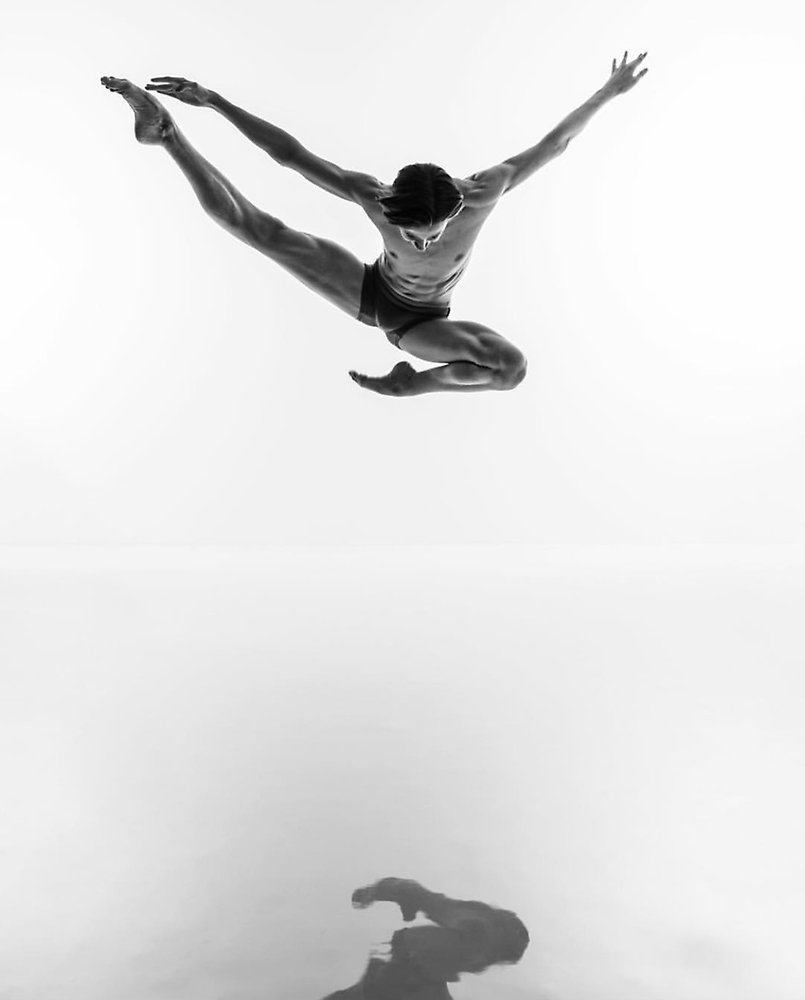
Kalle Wigle-Andersson får stipendium från Jubelfonden
Kalle Wigle-Andersson: Jag är utbildad och diplomerad vid Royal Ballet Upper School, London 2016. Innan dess gick jag på Kungliga Svenska Balettskolan 2006-2014. Sedan min examen har jag varit anställ...
-

Wicked, musikalen om häxorna i Oz
Göteborgsoperan inleder sin höstsäsong med den mytomspunna succémusikalen Wicked. Exakt tjugo år efter Broadwaypremiären 2003, sätts den nu upp för första gången i Sverige.
-
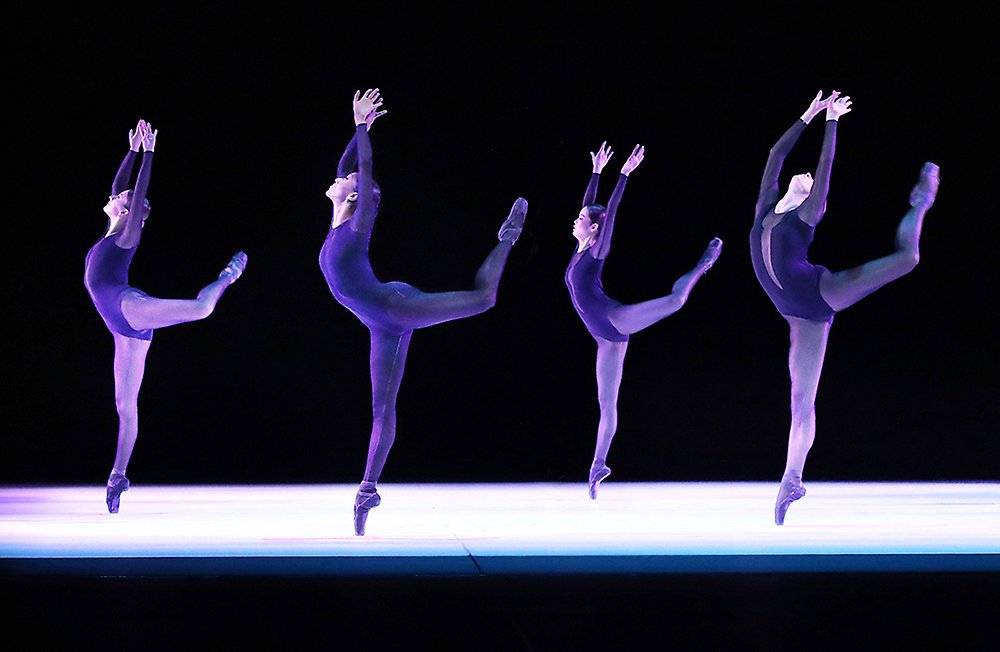
Balettgalan i Villmanstrand är sensommarens succéevenemang
Balettgalan i Villmanstrand vid Finlands östra gräns gavs i år för 12:e gången och var igen en succé med både nationella och internationella dansare. Galans grundare och eldsjäl Juhani Teräsvuori hade...
-
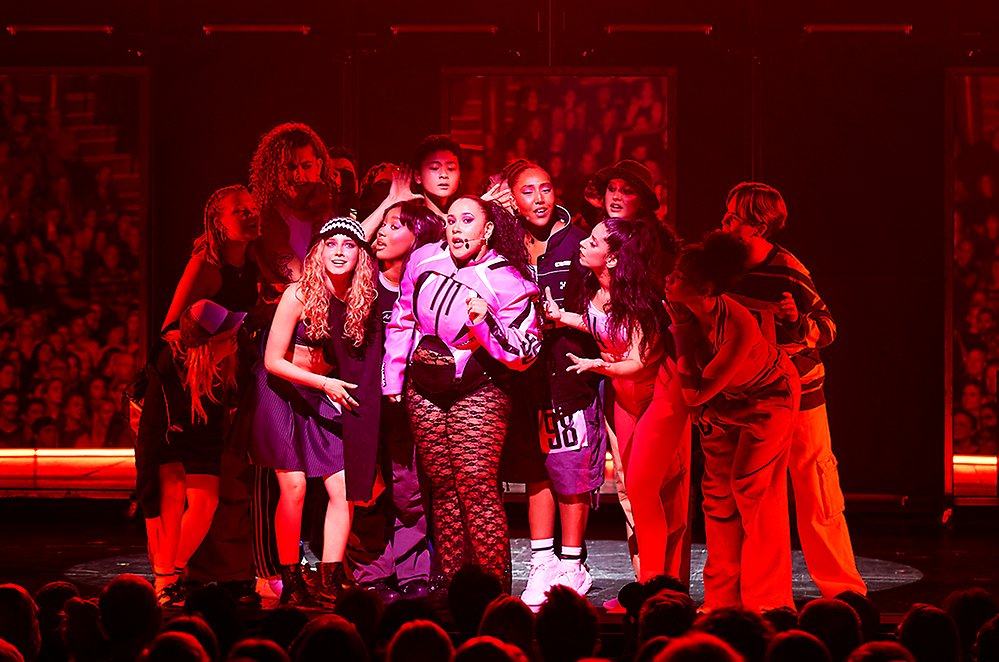
Möte med Fredrik Benke Rydman om ”The One”
Det är mannen från dansgruppen Bounce, koreograf till egna versioner av Svansjön och Snövit bland mycket annat. Jag träffar Fredrik Benke Rydman på en liten thaikrog mellan repetitionspassen.
-
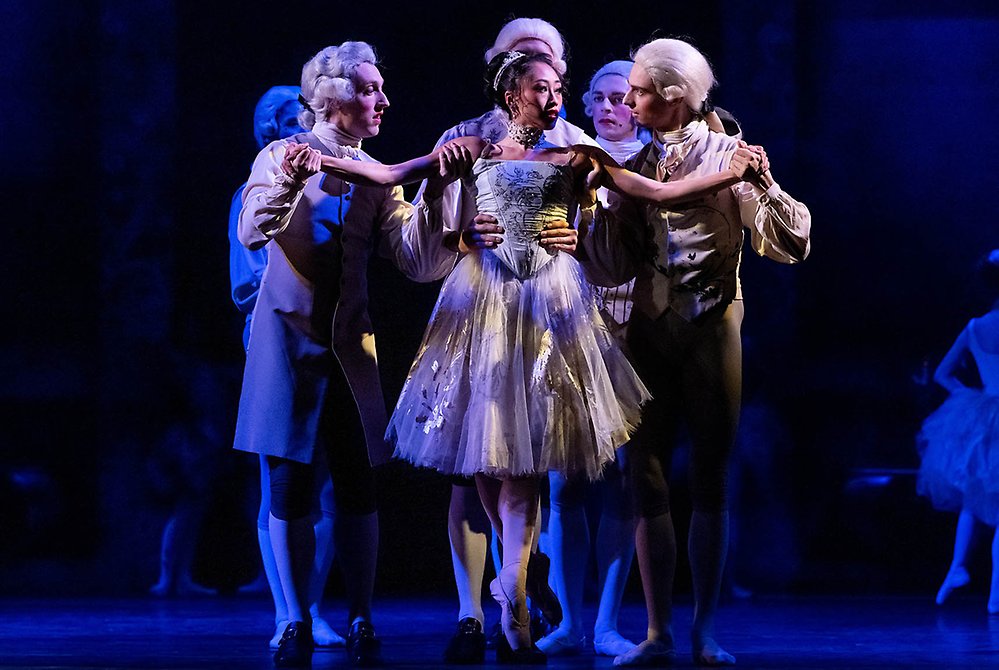
“A new look at it” – Lady MacMillan about Manon with the Royal Swedish Ballet
As part of the 250-year jubilee program of the Royal Swedish Opera and as a tribute to the long-lasting cooperation between the Royal Swedish Ballet and world-renowned English choreographer Sir Kennet...
-

Urpremiär av episkt dansverk på Norrlandsoperan
Den 1 september bjuder Norrlandsoperan på säsongsuppstart för dans med urpremiär av den episka föreställningen Remachine signerad koreografen Jefta van Dinther . Ljus, ljud, röst, koreografi och scenog...
-
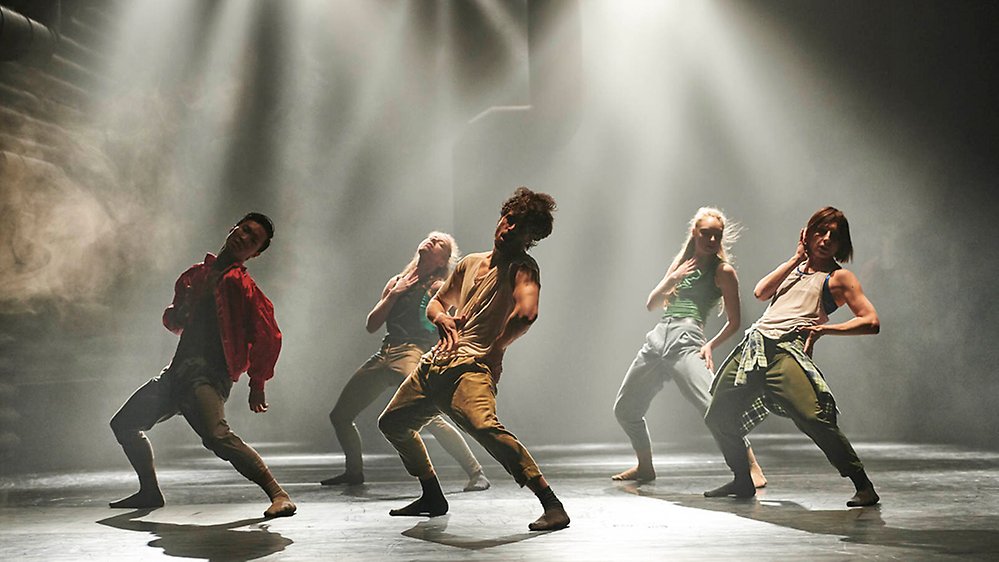
Contemporary dance av Hofesh Shechter på GöteborgsOperan
Danskväll med intensiv klubbfeeling, smittande glädje och en upplevelse som börjar redan utanför operahuset.
-

Julia Bengtsson – internationell barockdansös från Sverige
Höjdpunkten under årets förnämliga Opera- och musikfestival på Confidencen var iscensättningen av Jean-Philippe Rameaus opera Dardanus . I en annan föreställning, A Baroque Catwalk , gjorde Julia Bengts...
-
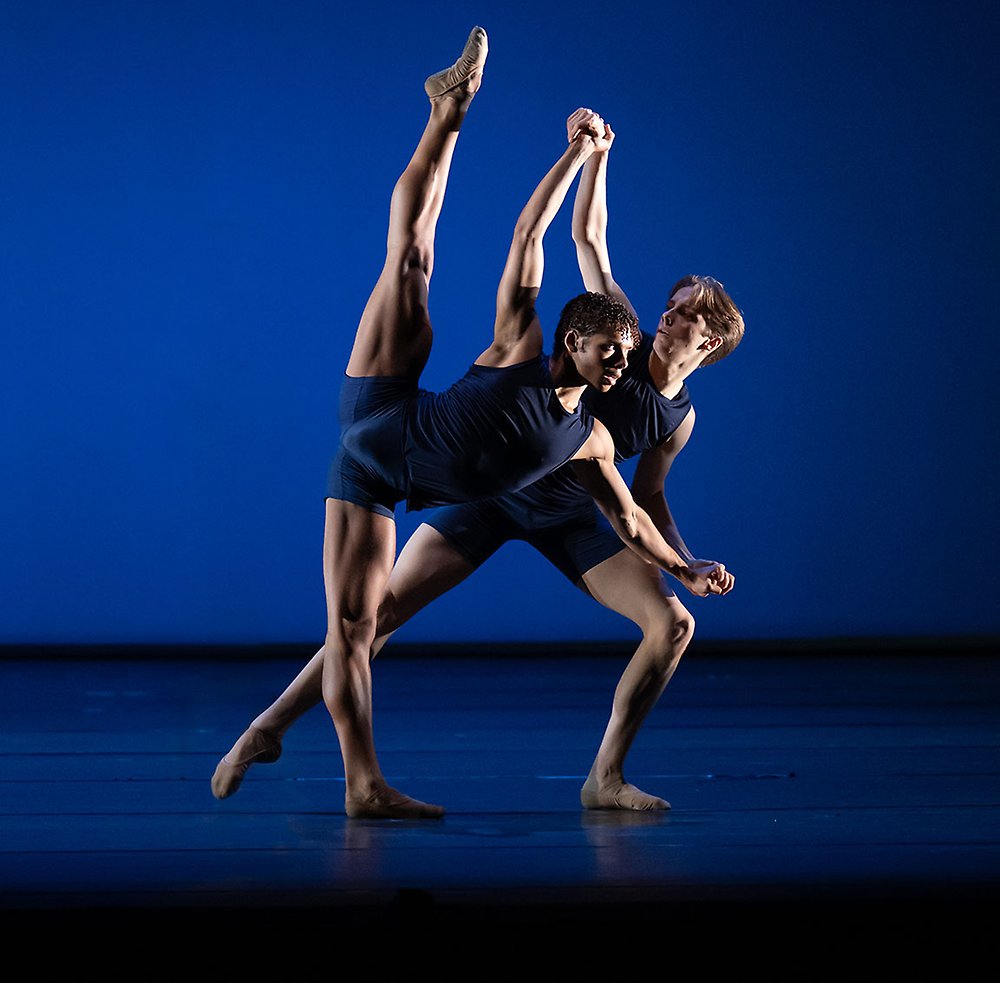
The Royal Ballet School Delights
Written on the faces of the dancers as they spin and leap in the ecstatic final moments of the Grand Défilé , is the smile that says, ‘I did it’. It’s what I look forward to year after year and it neve...
-
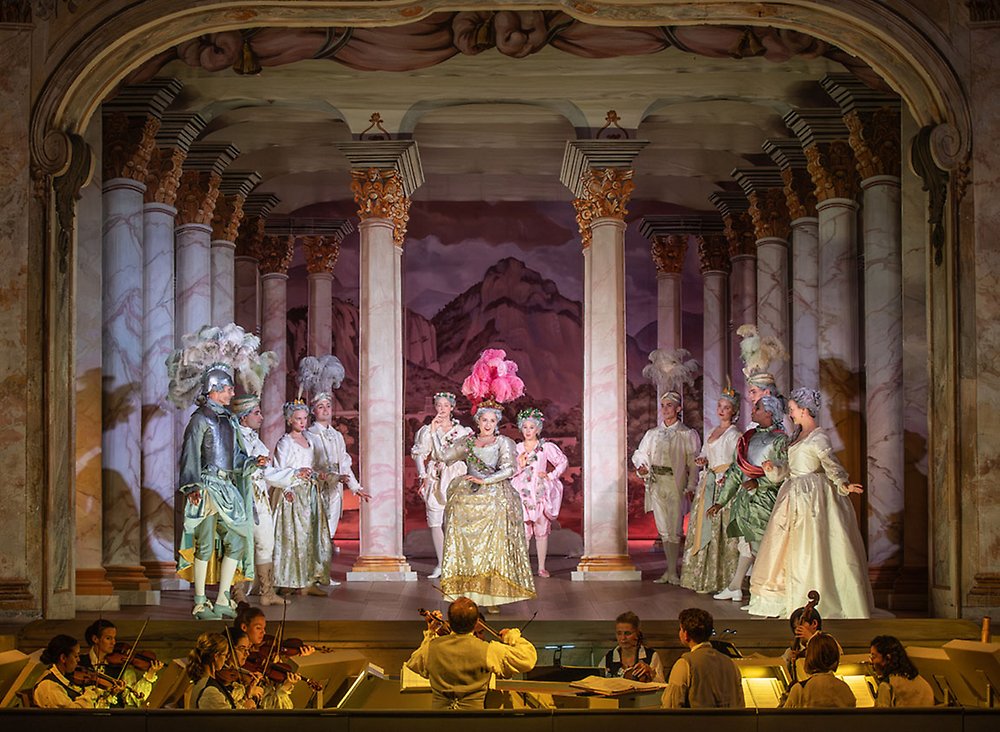
Ett barockt spectacle på Confidencen
Confidencen Opera & Music Festival inleds den 27 juli med Jean-Philippe Rameaus mästerverk Dardanus, som genom ett gediget arbete får sin nordiska premiär på Sveriges äldsta rokokoteater – 284 år efte...
-
Möt Vivian Assal Koohnavard dansare vid Staatsballett Berlin och aktivist
I Berlin träffade jag och arbetade med Vivian Assal Koohnavard. Vivian fick sin dansarutbildning i Sverige och Tyskland. Hon har varit anställd vid Berlin Staatsballett sedan 2018. Där deltar hon i de...
-

Peter Bohlin om Kungliga Svenska Balettskolans uppvisningsföreställningar
Skolårets sista föreställningar på KSB var uppdelade i fyra program. Några koreografier var storartade, andra inte. Här, mot slutet, ett försök att resonera om anledningar till detta.
-
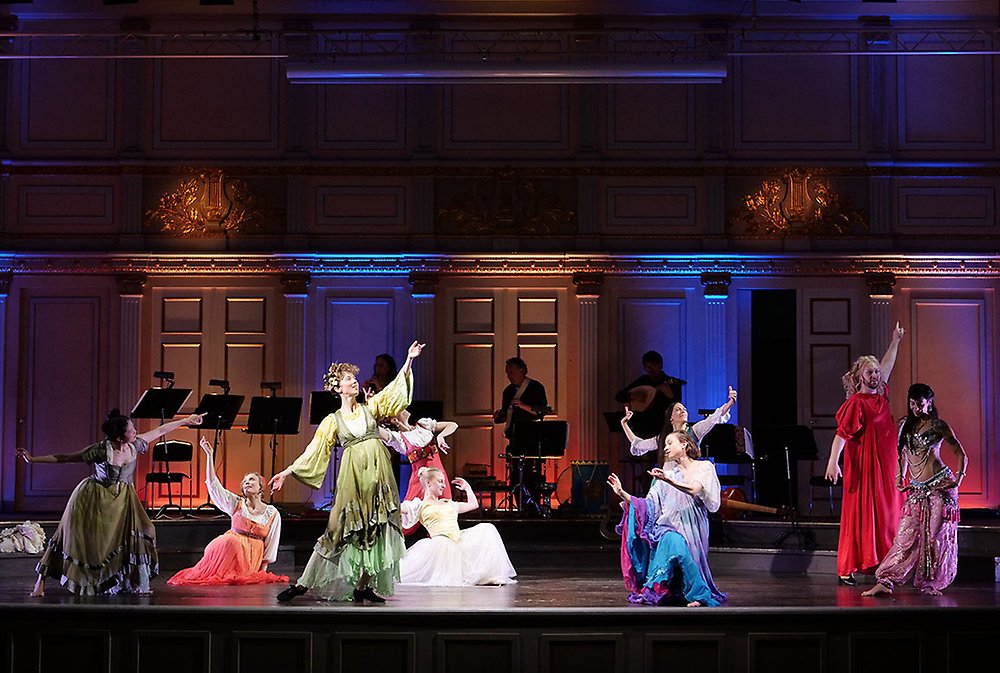
Dans i Stockholm Early Music Festival
I 2023 års version av Stockholm Early Music Festival , den tjugoandra i ordningen, ingick två dansföreställningar. I fablernas värld , en kort musikalisk och dansant barockföreställning med Folke Danste...
-
.jpg)
Suite en Blanc av Estoniabaletten med fina danssolister
Jag hade möjligheten att två gånger se en ny balettafton med två verk. Black/White innehöll “Open Door ” av polskan Katarzyna Kozielska och Serge Lifars kända och genuina Suite en Blanc . Den sistnämnda...
-

Marie Larsson Sturdy Carina Ari Medaljör 2023
På Carina Ari-dagen 30 maj tilldelades Marie Larsson Sturdy Carina Ari-medaljen för hennes mångåriga och engagerade insatser inom Dans i Nord – en vital verksamhet som under mer än 20 år har främjat m...
-

Manon: An evening to treasure
Kenneth MacMillan’s Manon created in 1974, continues to weave its magic providing a slew of dramatic roles against a volatile and violent backdrop. The Royal Swedish Ballet first presented the ballet ...
-
Instudering av Mats Eks ”En slags” med Staatsballett Berlin
I april 2022 reser Koreografen Mats Ek och jag till Berlin för att hålla audition med dansarna vid Staatsballett Berlin på Deutsche Oper. Vi ska välja dansare till verket ”En slags” av Mats Ek. Premiä...
-
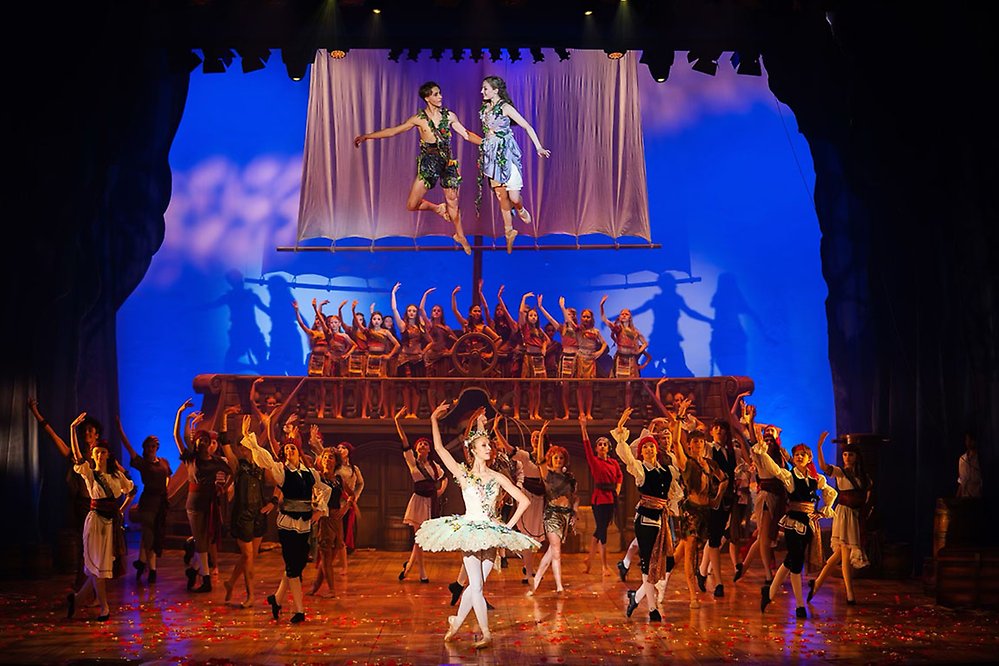
Marianne Mörck berättar sagan om Peter Pan med Svenska Balettskolan
Till vårens uppsättning av Peter Pan och Wendy på Lorensbergsteatern är en av gästartisterna ingen mindre än Marianne Mörck . Efter första repetitionen tillsammans med baletteleverna på svenska baletts...
-
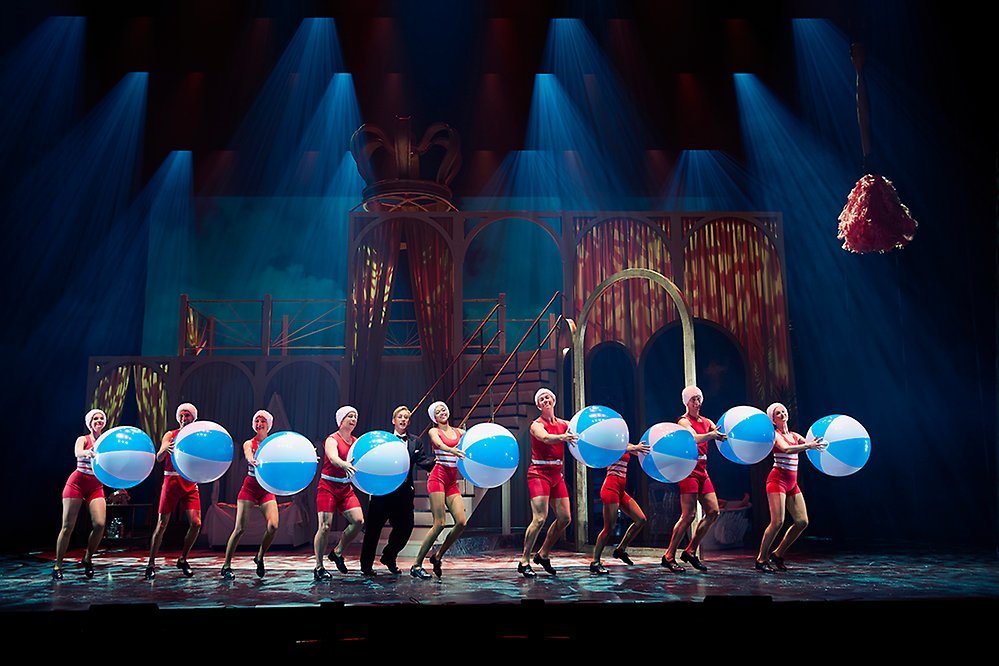
Det var en gång på Grand Hôtel, musikalen som återupptäckts
Göteborgsoperan avslutar sin vårsäsong med premiär den 22 april på Paul Abrahams musikal Det var en gång på Grand Hôtel. Musikalen som legat gömd fram till 2017. En föreställning fylld av dans och mus...
-

Virpi Pahkinen: "Precision möter osäkerhet, matematik möter mystik"
Change – den nya dansföreställningen av och med Virpi Pahkinen – är uppbyggd enligt principen 5 + 5 + 5, dvs koreografi/ljus/musik. Strax före fredagskvällens premiär på Kulturhuset Stadsteatern fick ...
-

För dansens skull dansas Pro Dance galan
Den anrika Aleksandersteatern fylldes åter av dansfolket som ville stödja dansen och dess utövare via föreningen Pro Dance med att köpa biljetter till den årliga galaföreställningen. Artisterna uppträ...
-

Anthony Lomuljo – om hur det är att igen dansa Romeo – 10 år senare
10 år har gått sedan urpremiären av Mats Eks Julia & Romeo på Kungliga Operan i Stockholm. Då liksom nu dansar Anthony Lomuljo rollen som Romeo. När Dansportalen några dagar innan premiären träffar An...
-

Hur bygger vi upp oss själva igen när allt är förstört–Johan Inger om Dust and Disquiet på Göteborgsoperan
Danskvällen Touched visar två världspremiärer på Göteborgsoperan, Dust and Disquiet av Johan Inger och To Kingdom Come av det nederländska syskonparet Imre och Marne Van Opstal . Naturkatastrofer runt ...
-
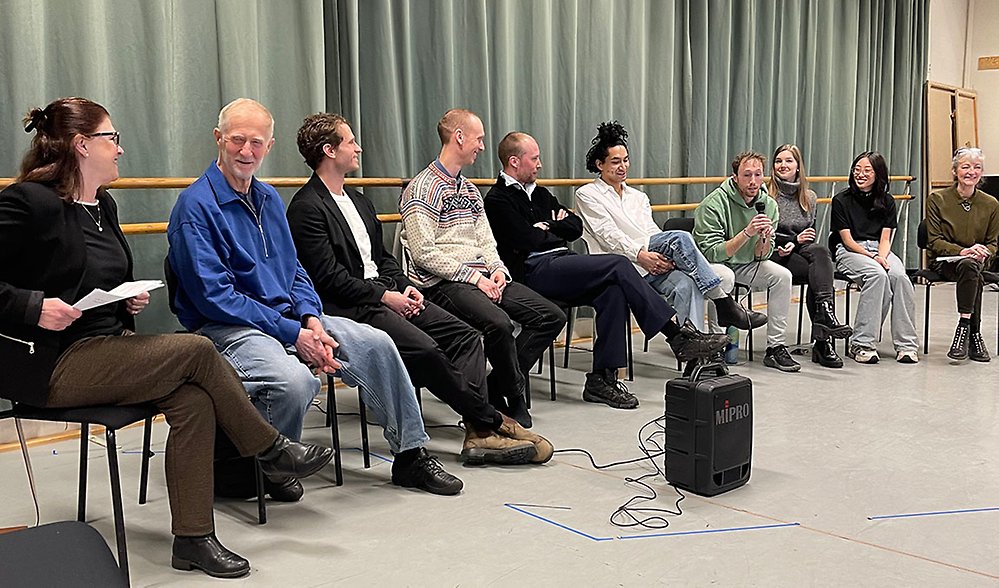
Mats Ek om Mats Eks Julia & Romeo
Operans Balettklubb gästades lördag 25 mars av koreografen Mats Ek och dansare inför nypremiären av ”Julia & Romeo” på Kungliga Operan. Verket uppfördes på teatern för första gången 2013. Det har ocks...
-

Nordens största danstävling lockade 44 dansare
Äntligen! Det är vad de flesta kände när tävlingen Prix du Nord genomfördes på Kronhuset i Göteborg.
-
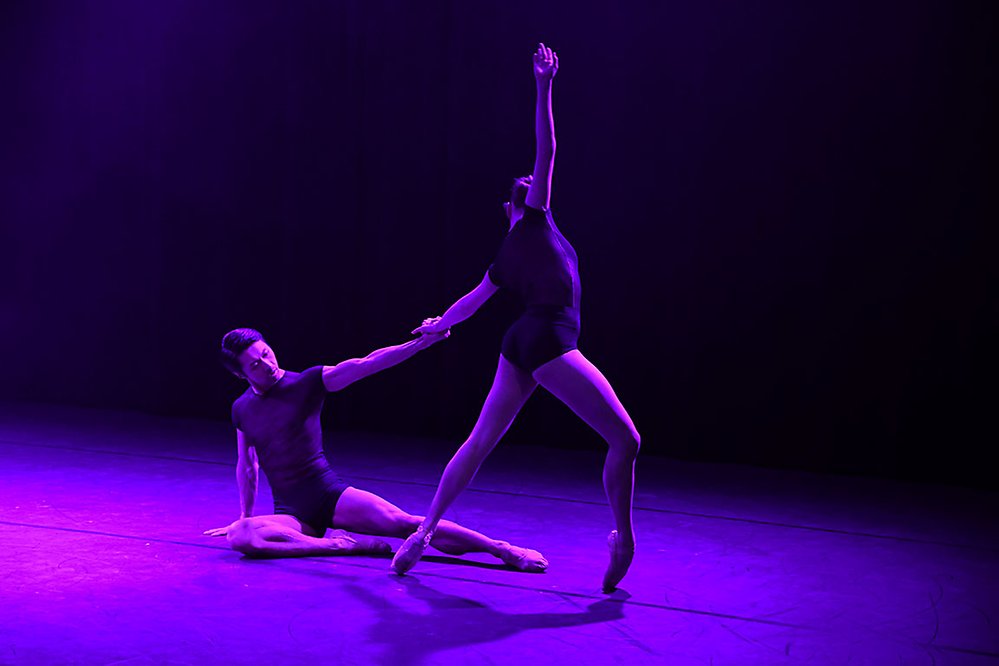
Young choreographers en bra plattform för nya idéer
En alldeles särskild glädje med workshopartade föreställningar är att man får se dansarna på riktigt nära håll. Så var fallet på Operans Rotunda 16 och 18 mars, i ett program med sju koreografer och 3...
-
%20Agathe%20Poupeney%20OnP%20-BONP-D%C3%A9fil%C3%A9.jpg)
Gala till minne av den lysande dansaren Patrick Dupond
Under februari var det tre utsålda galor på Palais Garnier i Paris, till minne av dansaren och balettchefen Patrick Dupond . För programmet på galan, se nedan!
-

Madeleine Onne: Man får slåss för sin konstart
Madeleine Onne har varit balettchef i Stockholm, Hongkong och Helsingfors. Dansportalen har pratat med Madeleine om bland annat tiden i Hongkong, Helsingfors och om Stockholm 59°North. Men på vår förs...
-
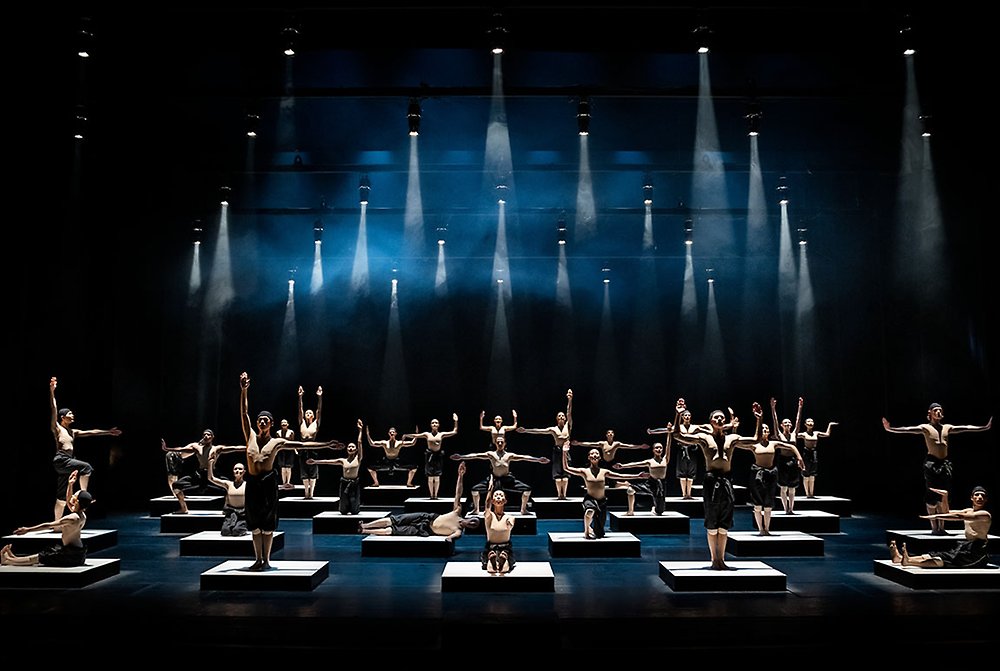
Triple Bill at the Ballet. What's not to Like?
The feel-good factor was in abundance at the Royal Opera House in Stockholm with a triple bill to send the audience home with a smile.
-
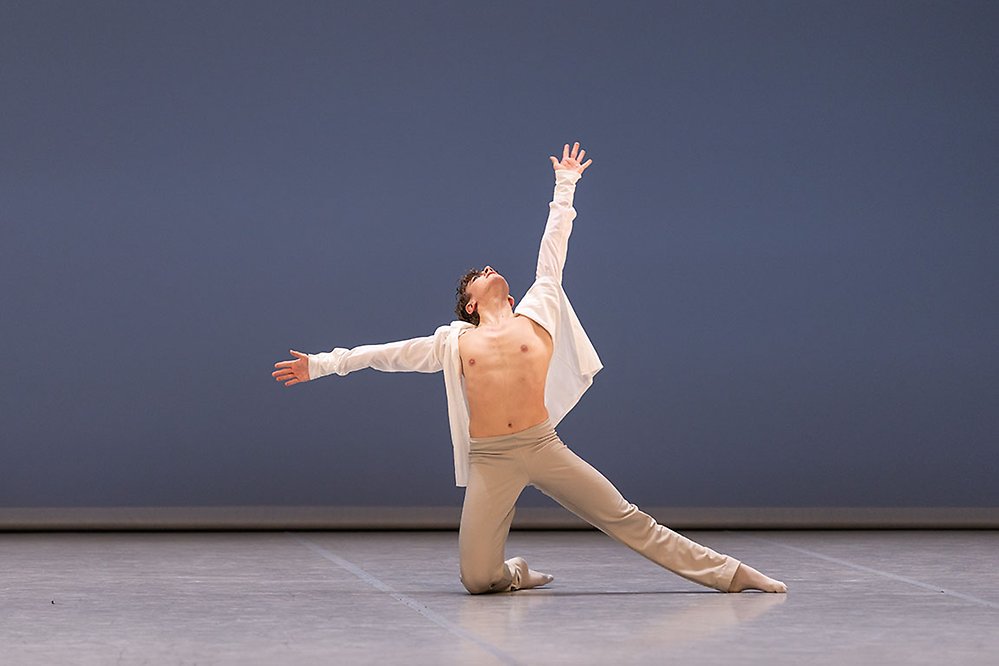
Elever från Kungliga Svenska balettskolan tävlade i årets Prix de Lausanne
Sveriges kandidater i Prix de Lausanne kommer båda två ifrån Kungliga Svenska balettskolan. Theodor Bimer och Alexander Mockrish. Tävlingen firar 50 årsjubileum lite sent då pandemin stoppat ett flert...
Notiser
FÖLJ OSS PÅ
-
Kreativ lyskraft hos GöteborgsOperans Danskompani
GöteborgsOperans danssäsong 2024/2025 blir en virtuos upplevelse med kreativ briljans. Strålkastarljuset riktas mot starka kvinnliga röster och det blir både raffinerade ...
-
Gustavia – berättelsen om Sveriges okände prins
Nyskriven balett om Gustav Badin och hans uppväxt vid hovet, i koreografi av Pär Isberg och regi av Amir Chamdin. Urpremiär på Kungliga Operan den 18 oktober. Biljetter s...
-
Yoann Bourgeois tillbaka till Göteborgsoperans Danskompani med ett sant styrkeprov
Efter fyra år är det dags igen för den franske koreografen Yoann Bourgeois att återvända till Göteborgsoperans danskompani. Denna gång för verket We loved each other so m...
-
Spot on Darrion Sellman – dancing the leading role Siegfried in Swan Lake
In August last year Darrion Sellman arrived to Stockholm and joined the company. Darrion says: “It has been a change to come to Stockholm. A vibrant city, small but calme...
-
Kalle Wigle nyutnämnd solist vid Staatsballett i Berlin
Dansportalen gratulerar svenske dansaren Kalle Wigle som nyligen utnämnts till solist vid Staatsballett i Berlin.
ANNONS
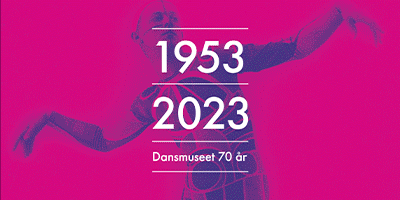
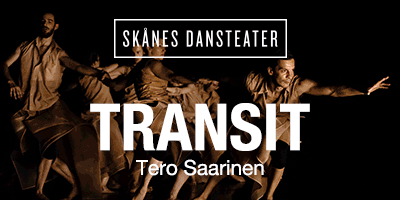
Ur Dansportalens arkiv
-
En svensk dröm tar form
STOCKHOLM: Den 17 april 2015 var det urpremiär på Kungliga Operan för Alexander Ekmans Midsommarnattsdröm. Vid en träff med vänföreningen Operans Balettklubb 2015 berätta...
ANNONS

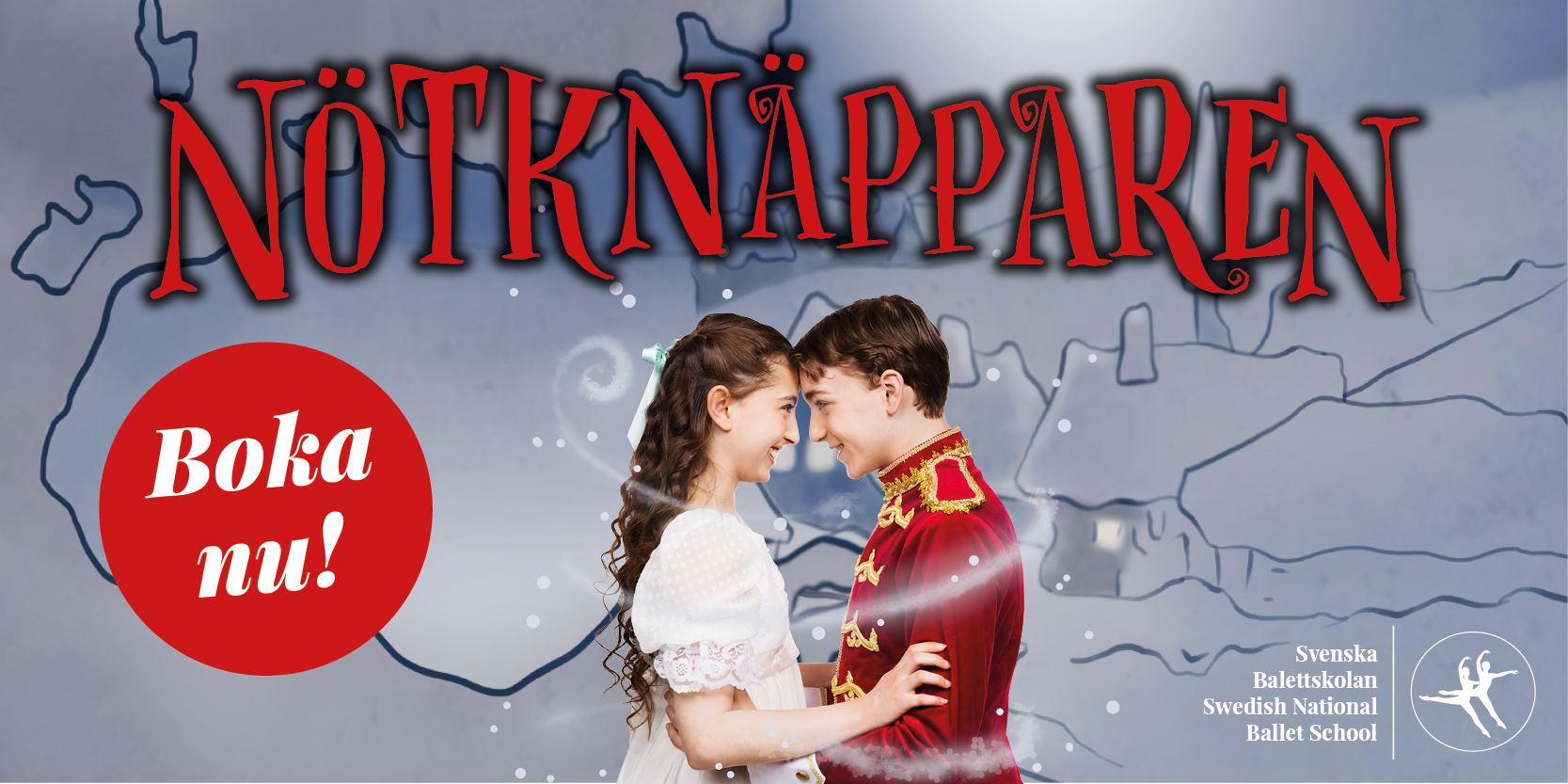
-
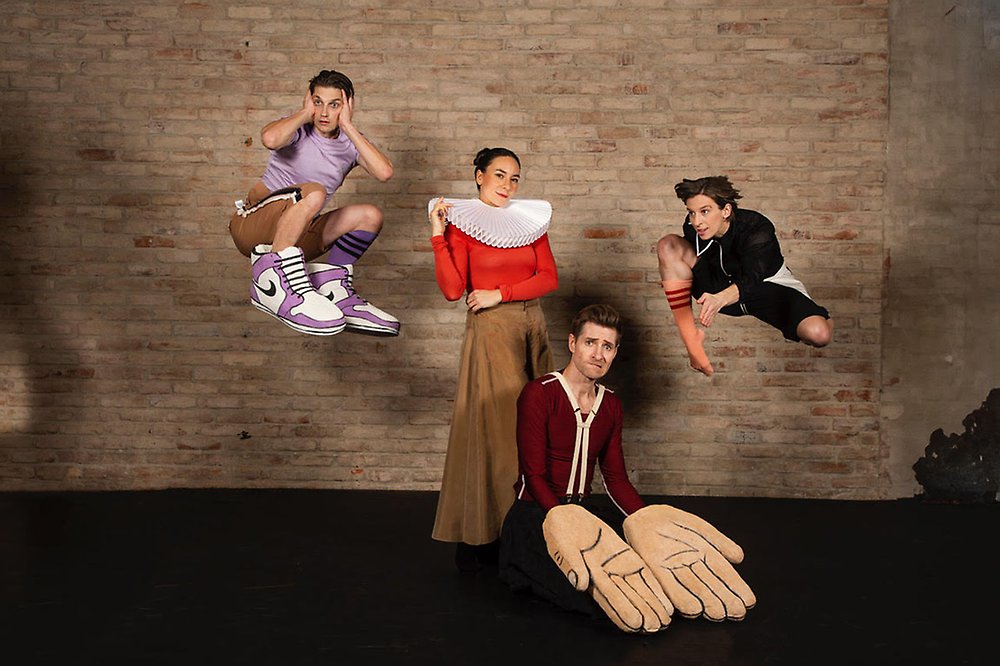
Succéduo skapar nytt efter segertåg i Sverige och Europa
-
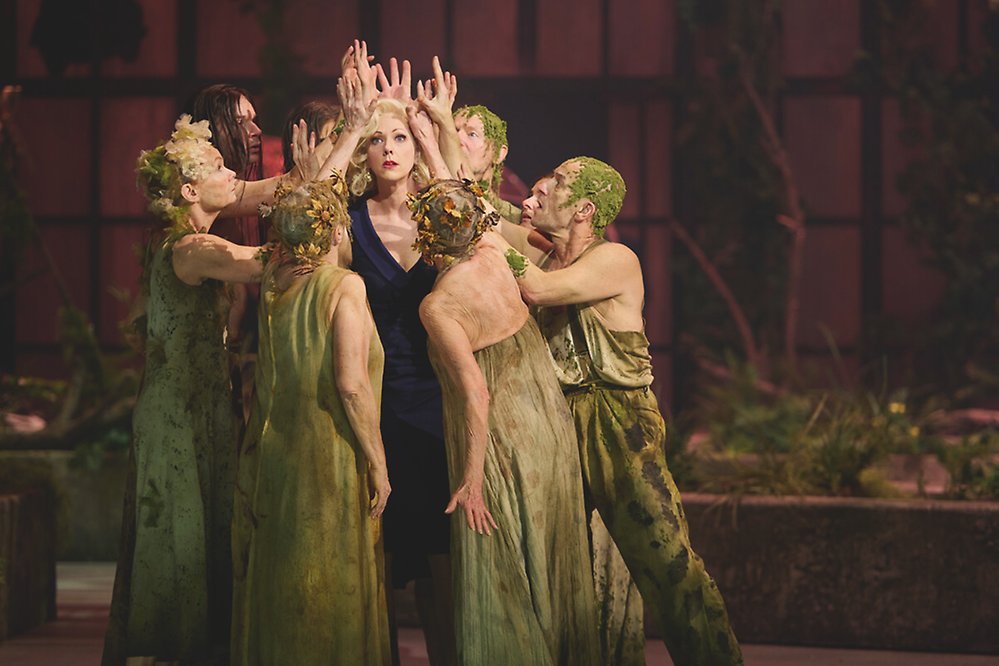
40 år senare: En dansares triumf över tidens utmaningar
-
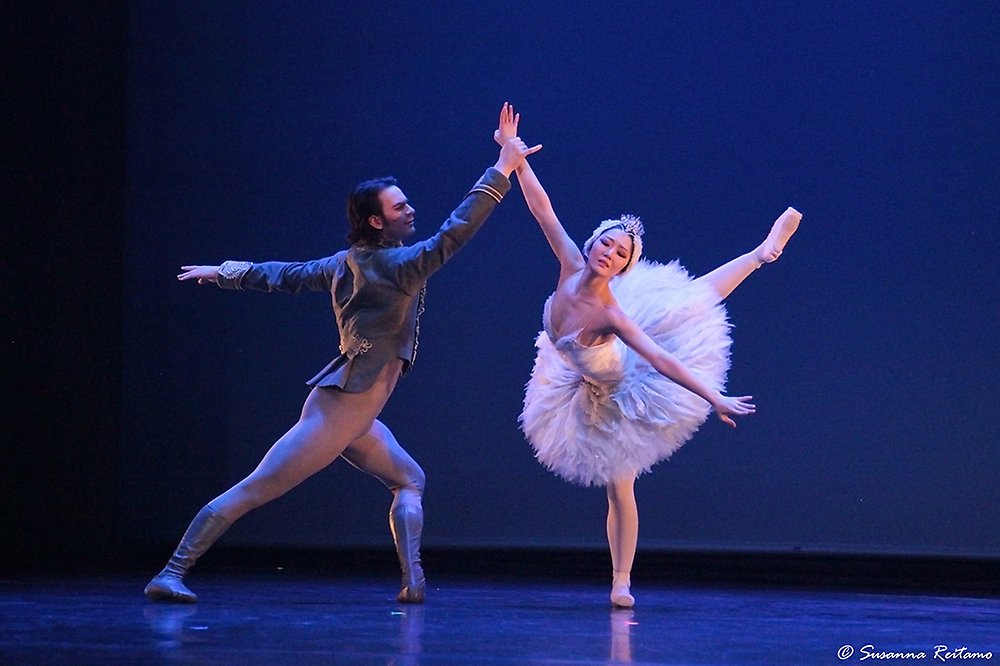
Fart och kunnande på Pro Dance Galan 2024
-

Svenske dansaren Kalle Wigle har stora framgångar i Berlin
-

Timulak/Portner två olika verk men med flera beröringspunkter
-
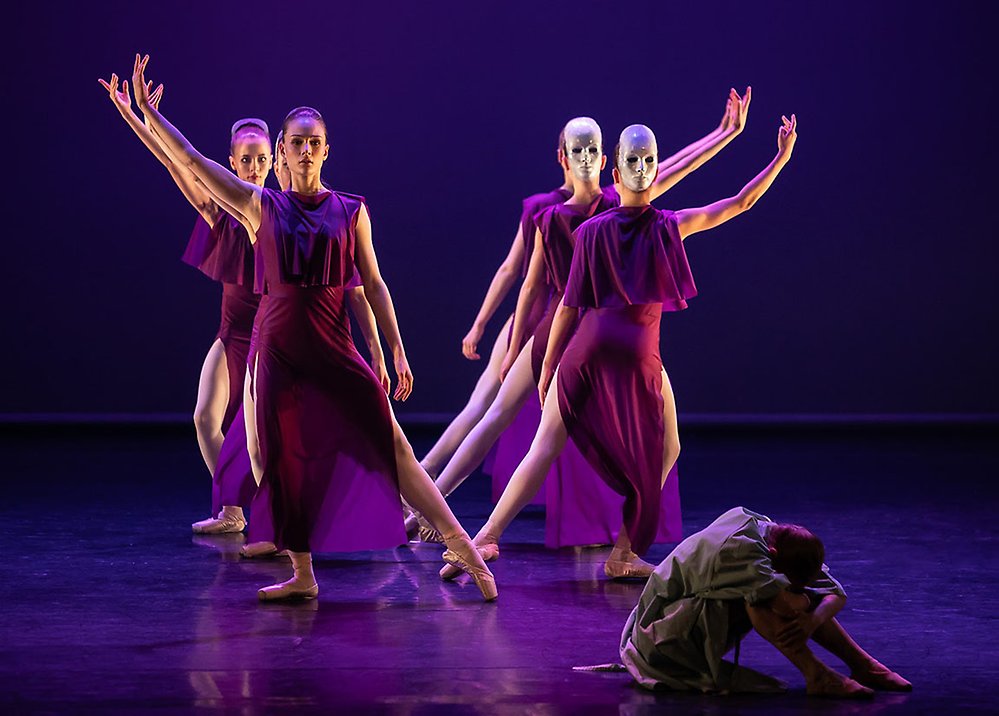
På jakt efter det fullkomliga: nationens skickligaste dansare och – smultron!
-
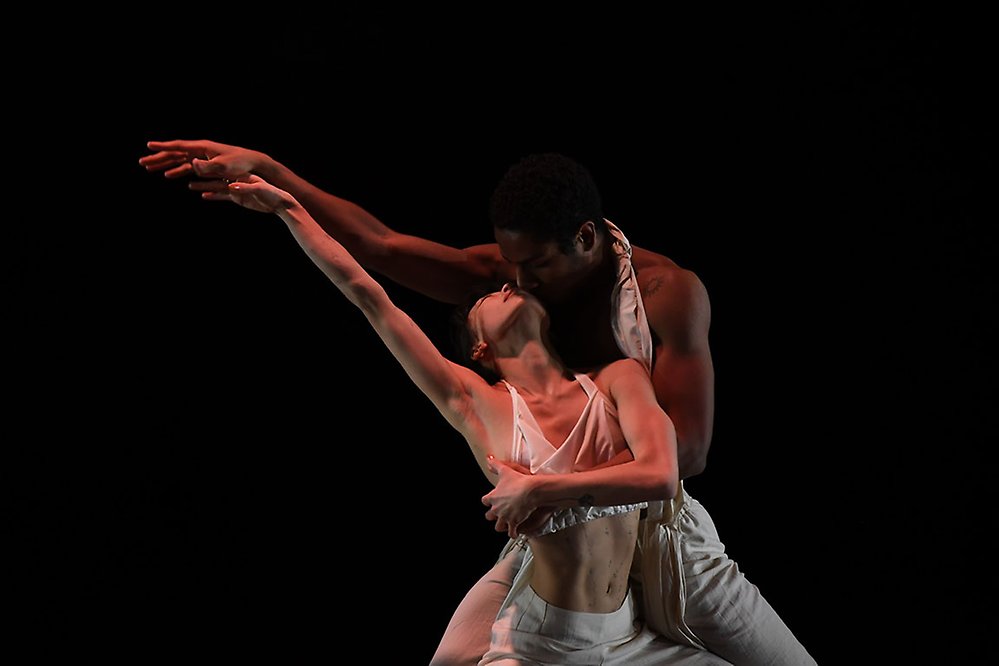
Young Choreographers en föreställning där dansare från Kungliga Operan koreograferar
-
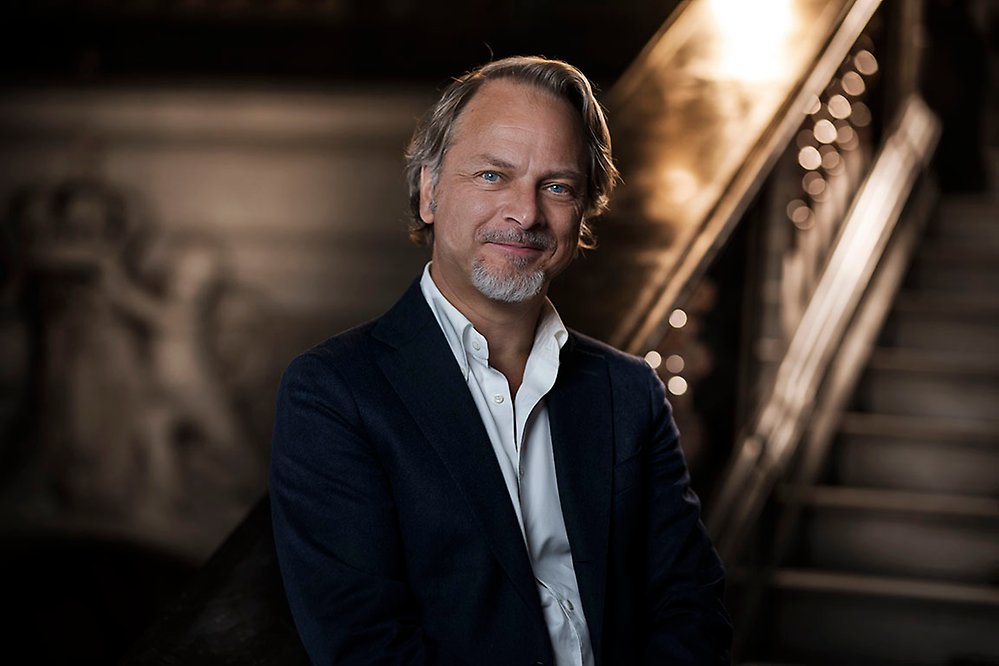
Operans VD Fredrik Lindgren: På sikt vore det fantastiskt att få ett nytt Operahus i Stockholm
-
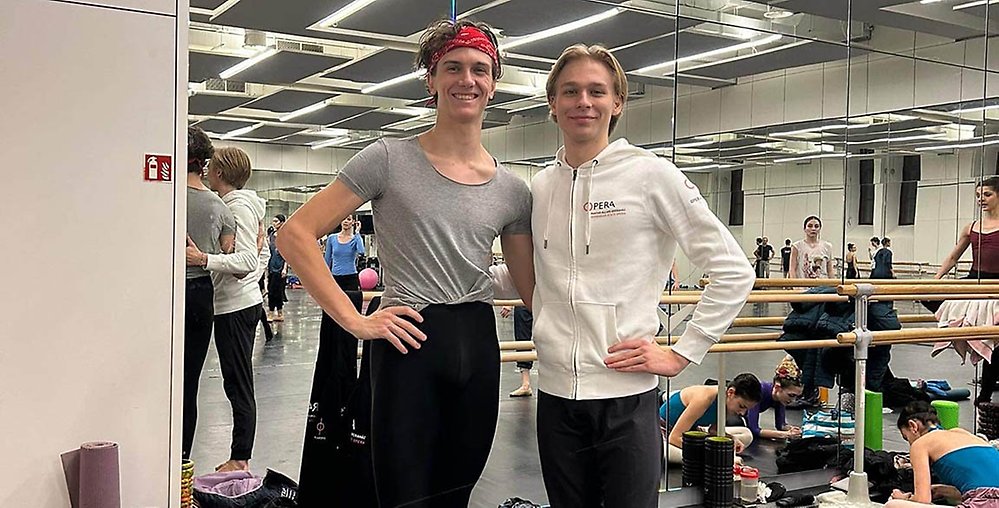
Från Svenska balettskolan i Göteborg till ungerska Statsoperan i Budapest
-
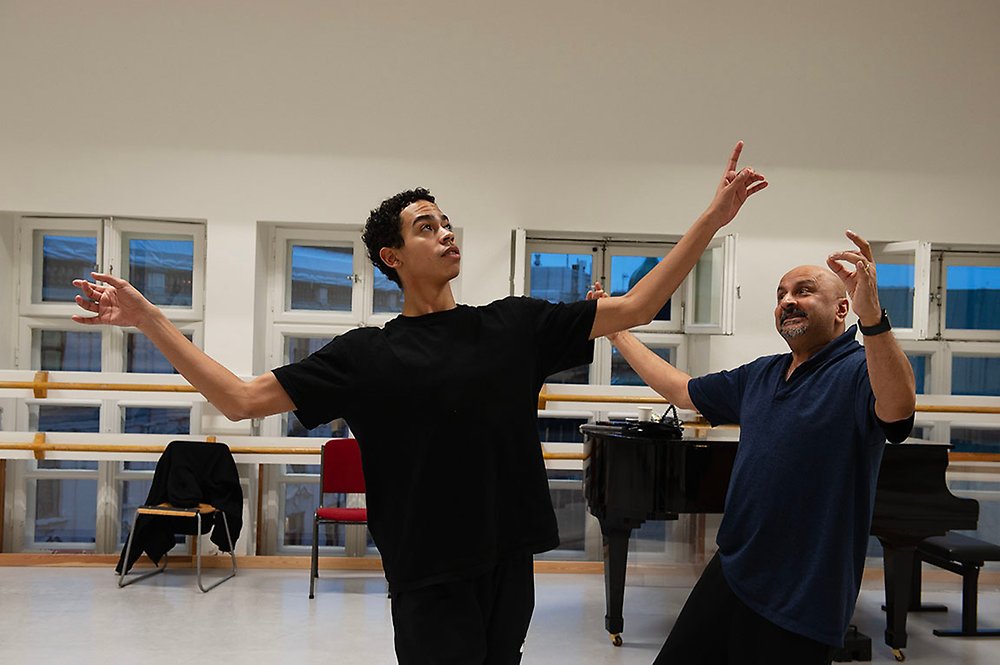
Joseph Sturdys verk Lucid Episode inleder nyårsgalan på Kungliga Operan
-
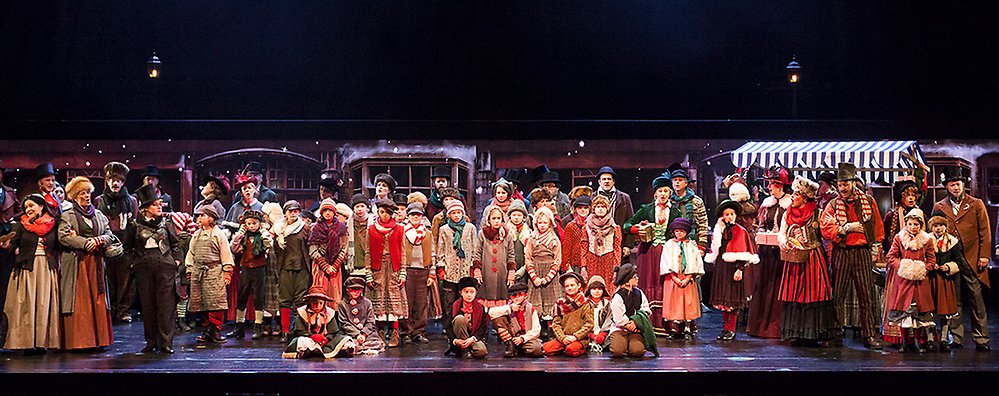
Göteborgsoperan sjunger in julen med En Julsaga
-

Nötknäpparen, nypremiär på Kungliga Operan i Stockholm efter fyra års uppehåll
-
Giovanni Bucchieri – en konstnärlig kameleont
-
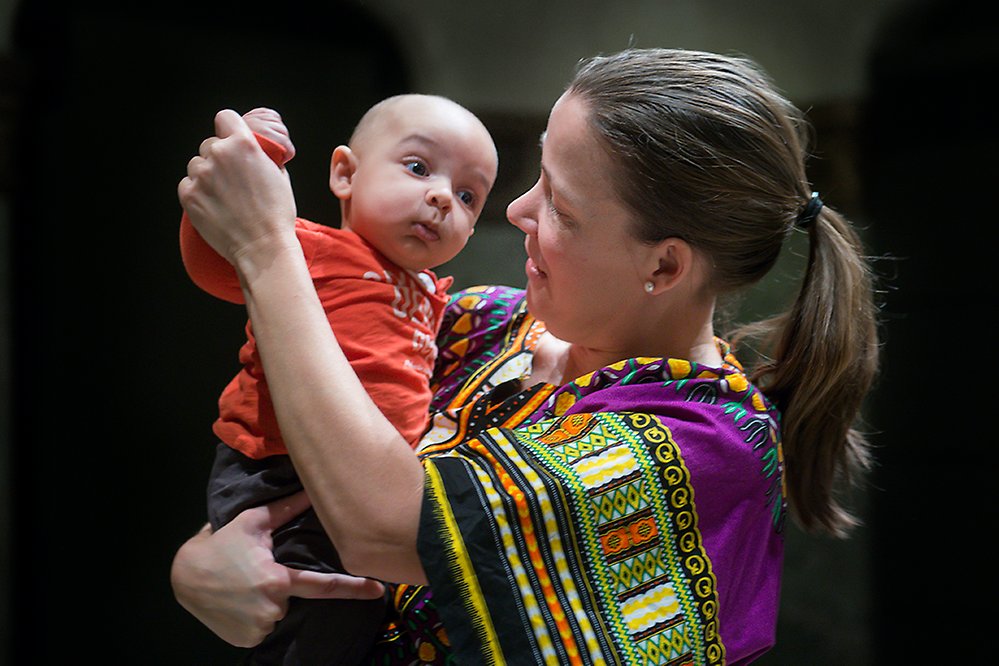
”Mycket talar för att vi inte kommer att kunna vara kvar där vi är nu,” säger Hans Lindholm Öjmyr, ny chef för Dansmuseet
-
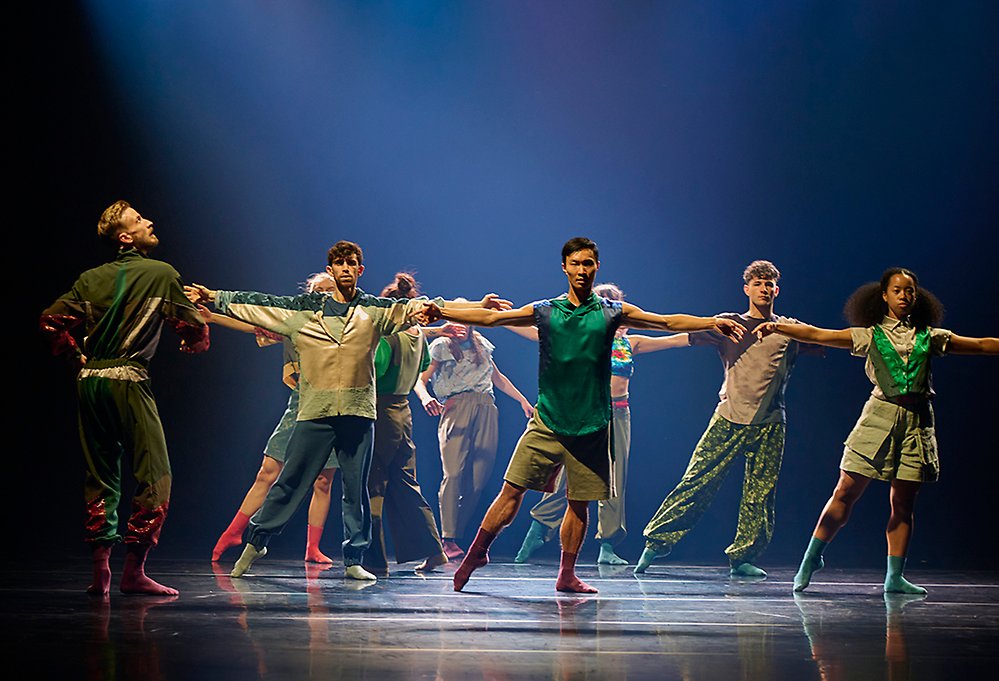
In a heartbeat, ny världspremiär på Göteborgsoperan
-
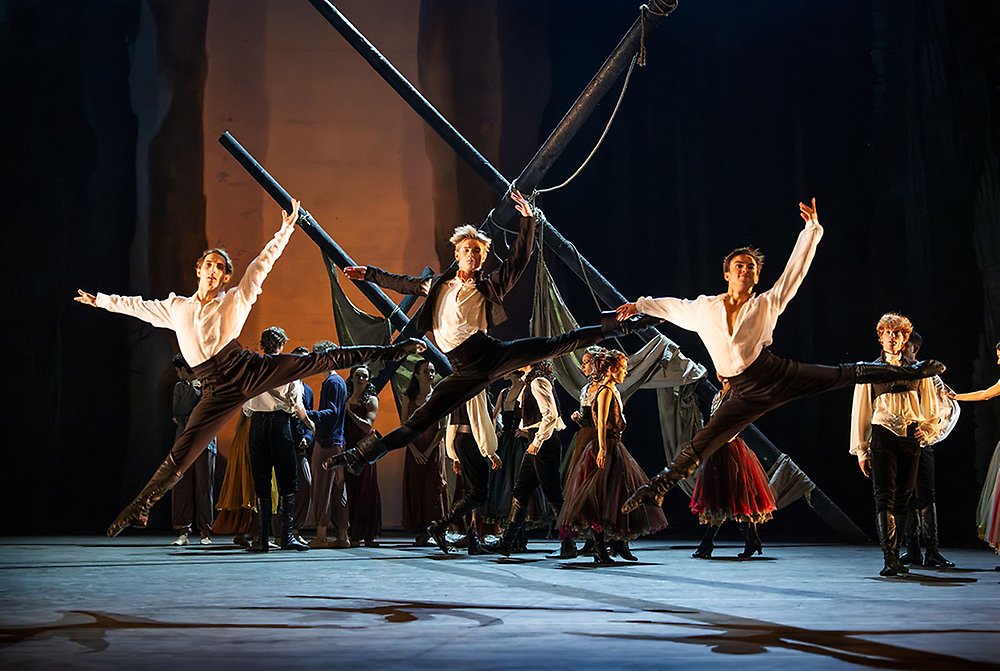
Le Corsaire, svensk premiär på Kungliga Operan med virtuos dans och teknisk skicklighet
-
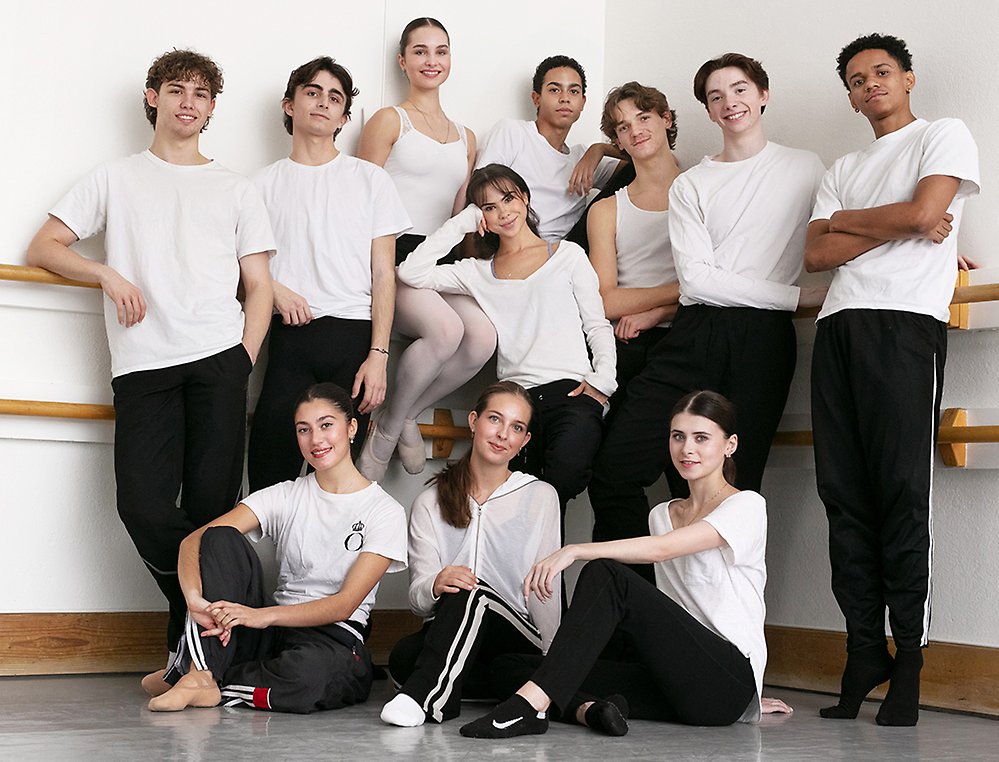
New talents join the Royal Swedish Ballet
-
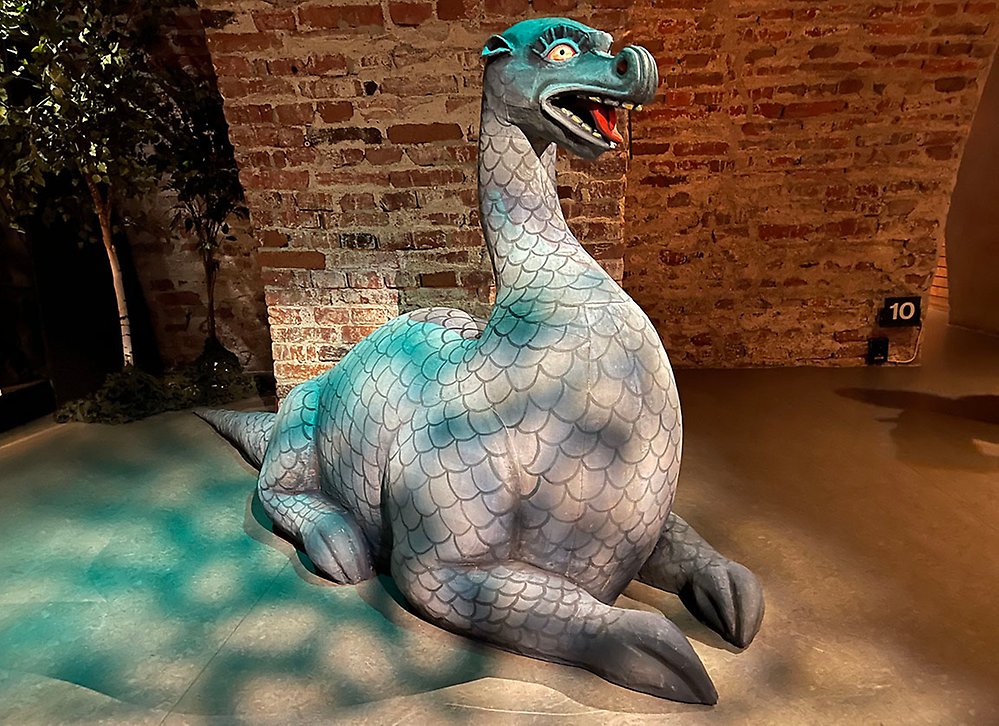
Där låg onekligen ett skimmer över Gustavs dagar
-
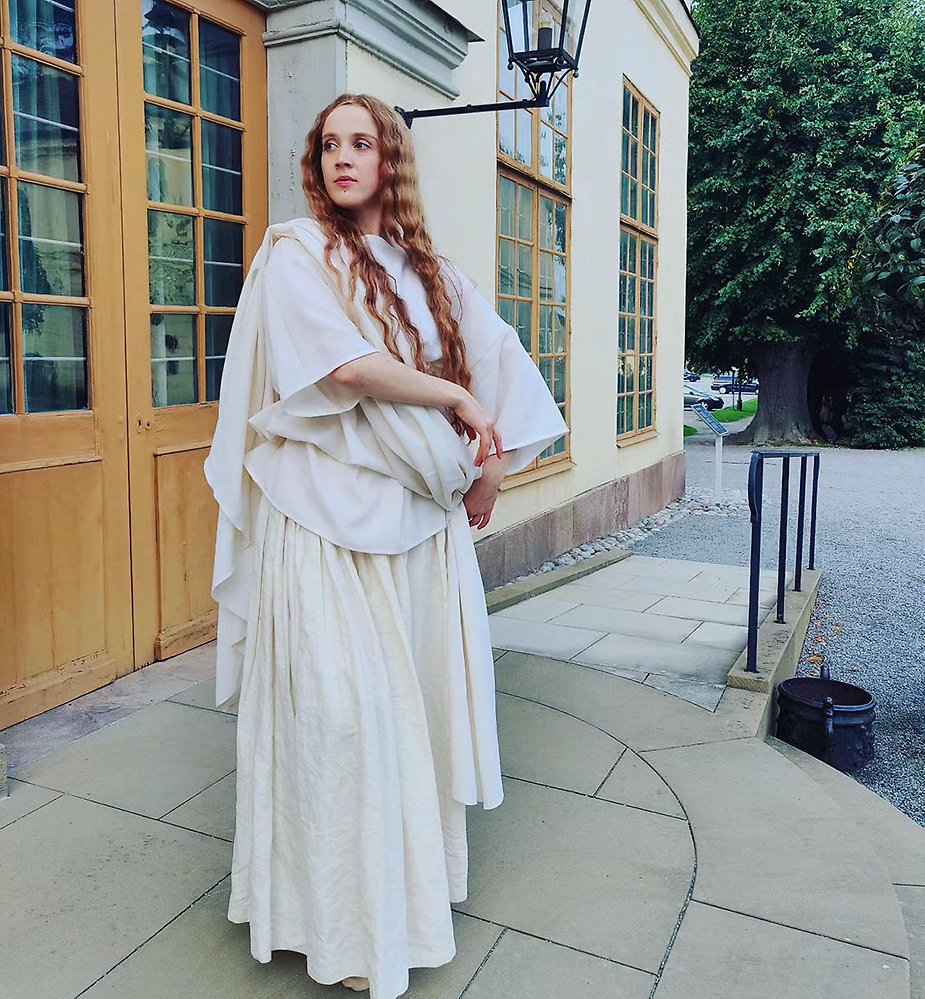
Attityder som uppskattades
-
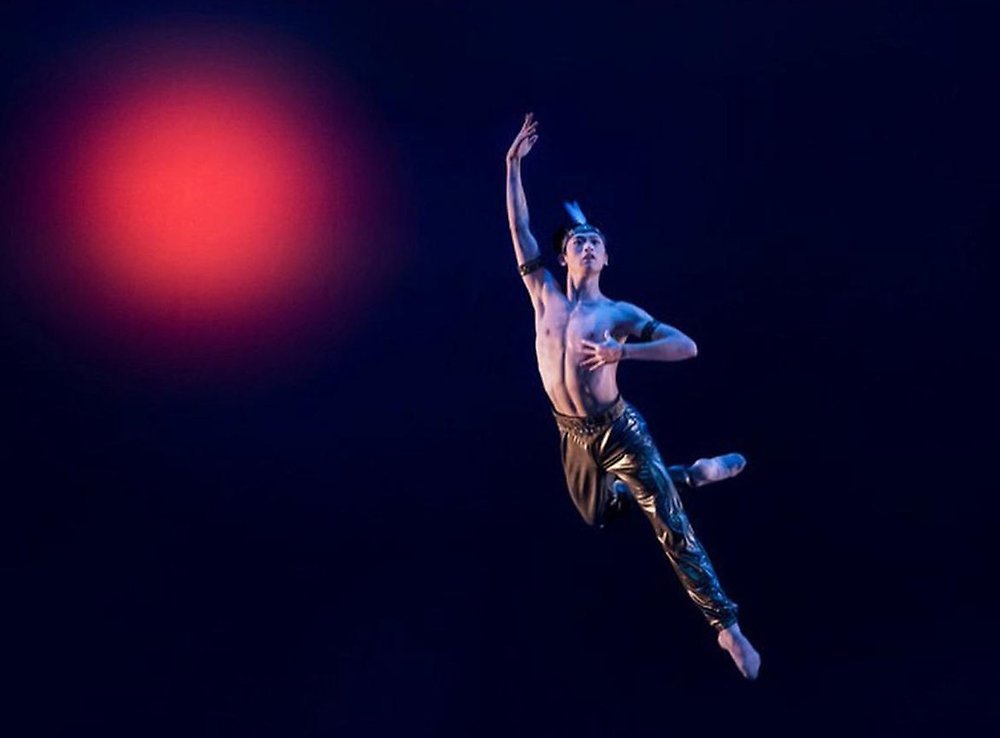
Spot-on Kentaro Mitsumori, dancer with the Royal Swedish Ballet
Redaktion
dansportalen@gmail.com
Annonsera
dansportalen@gmail.com
Grundad 1995. Est. 1995
Powered by
SiteVision




